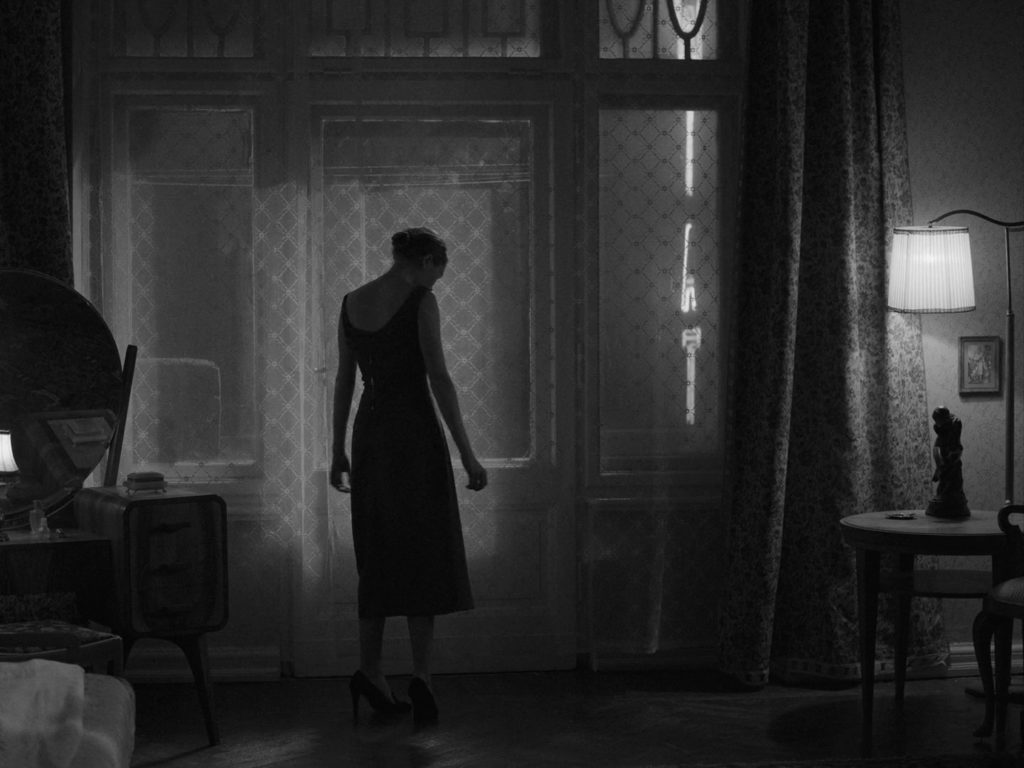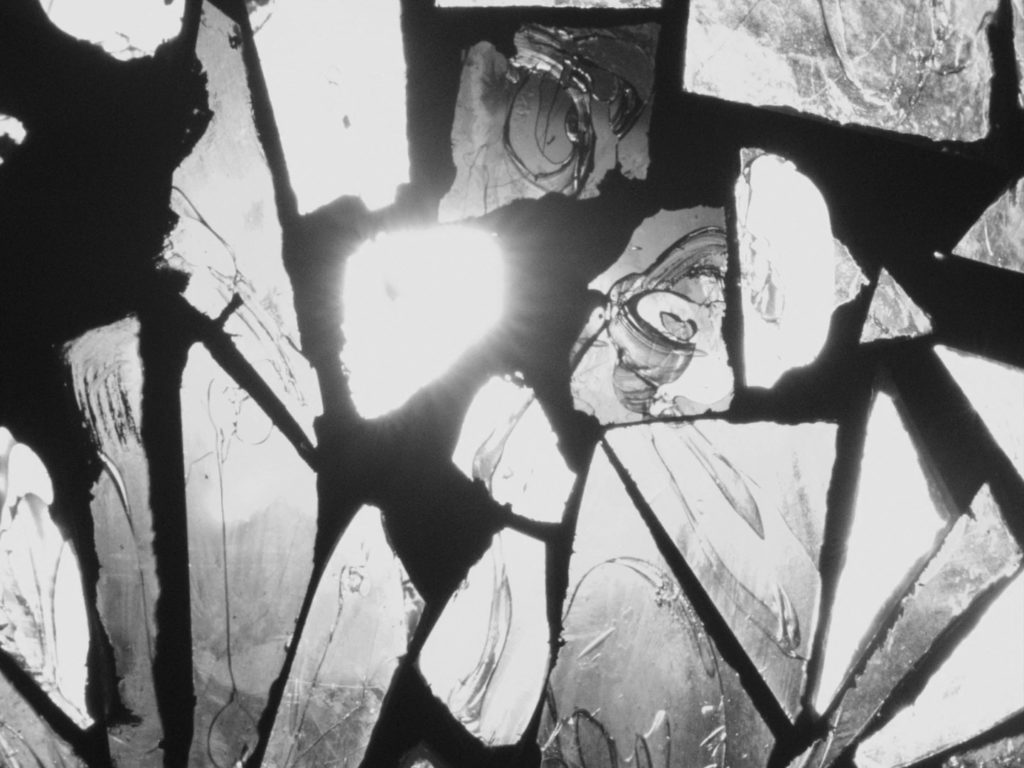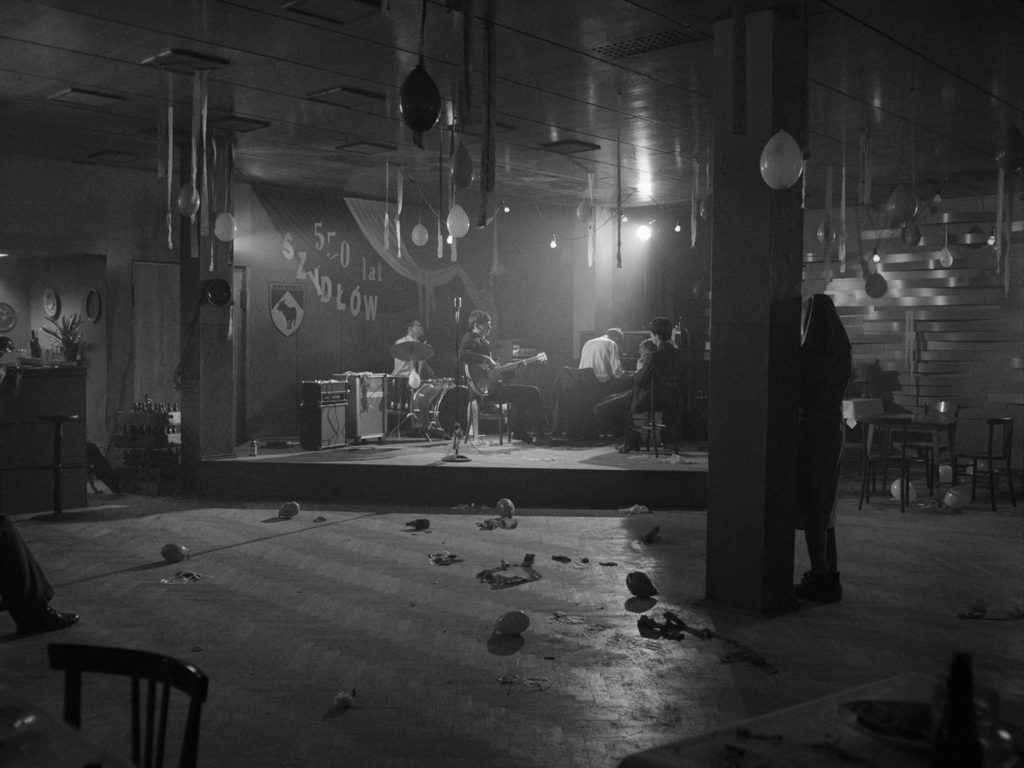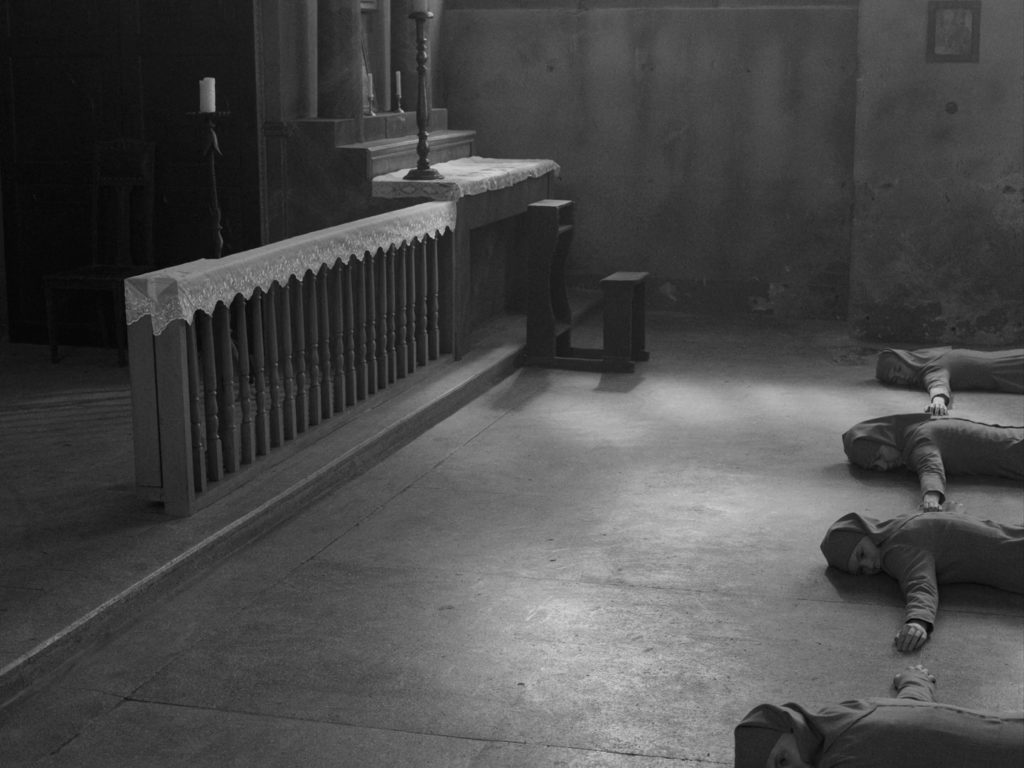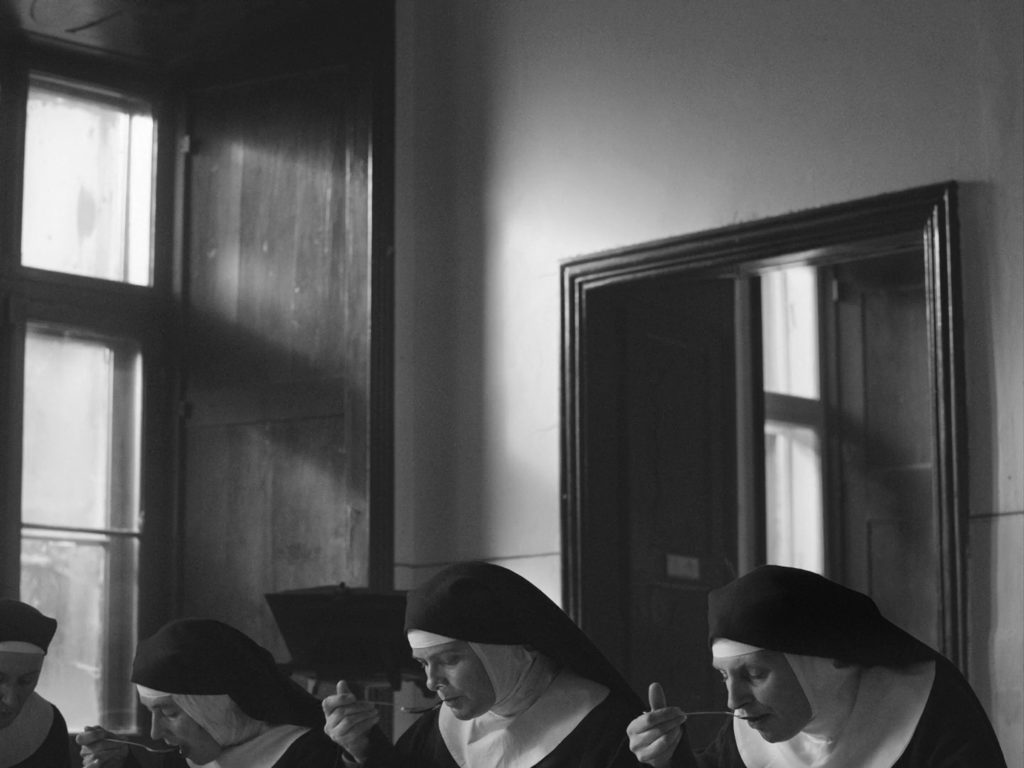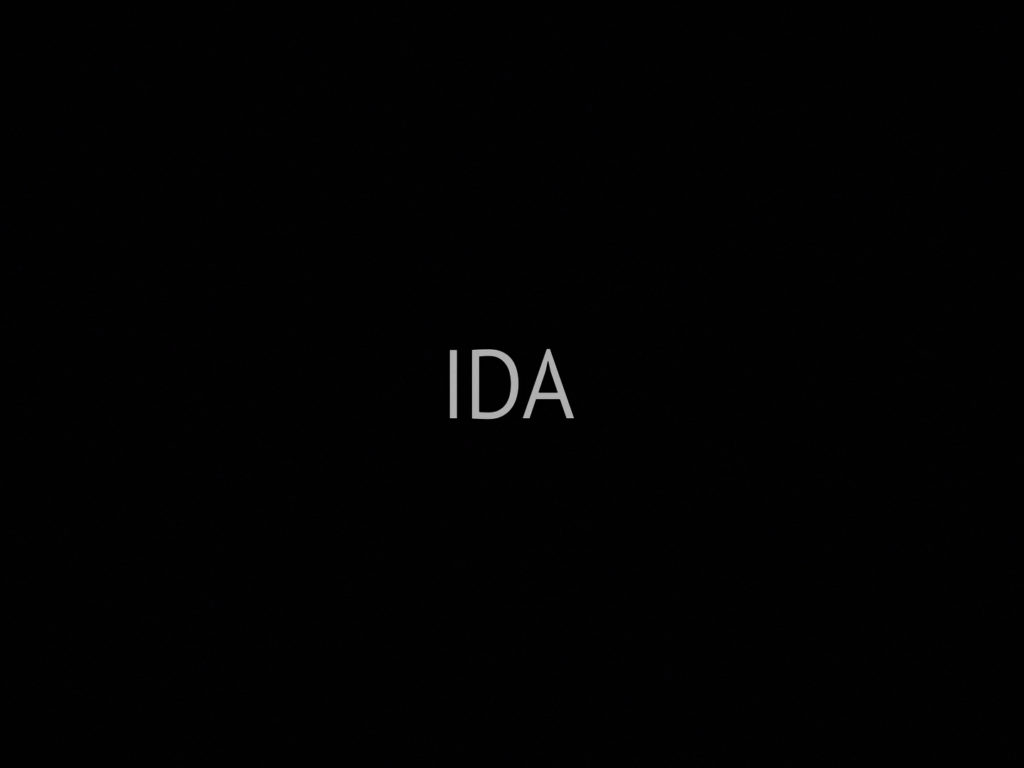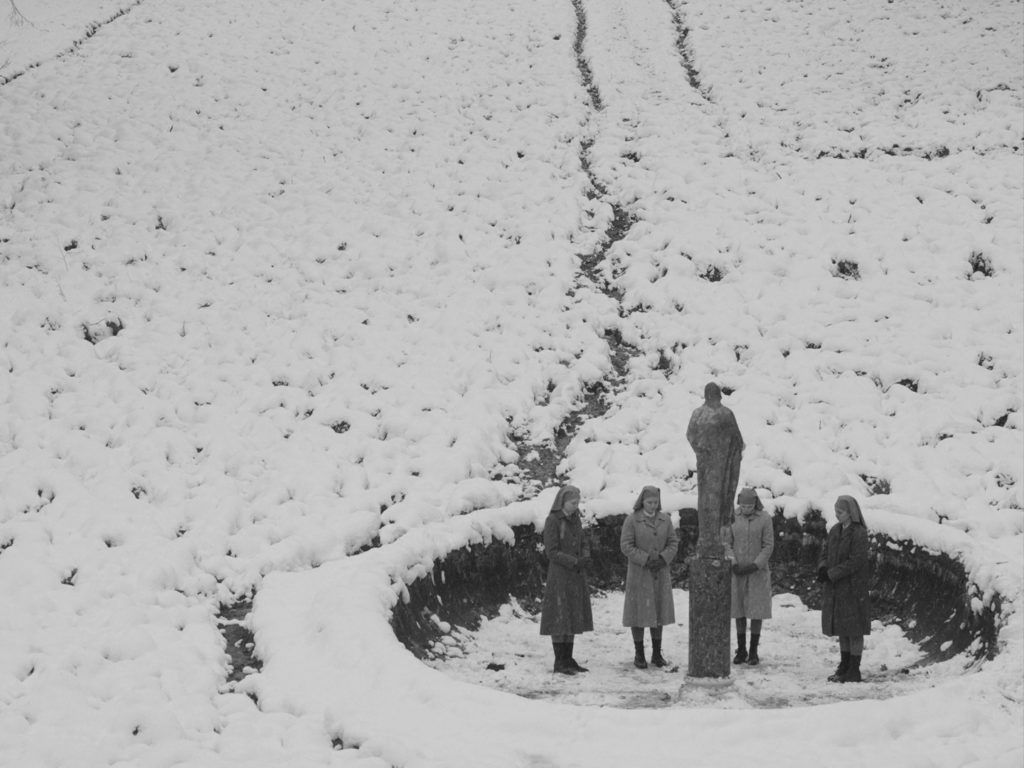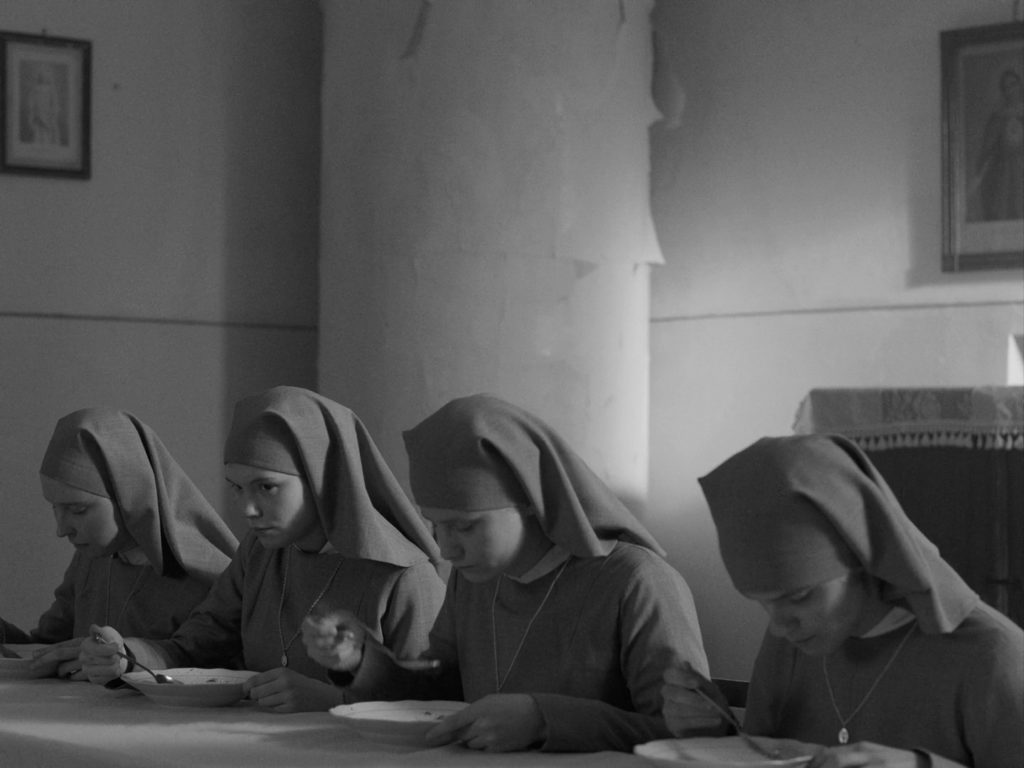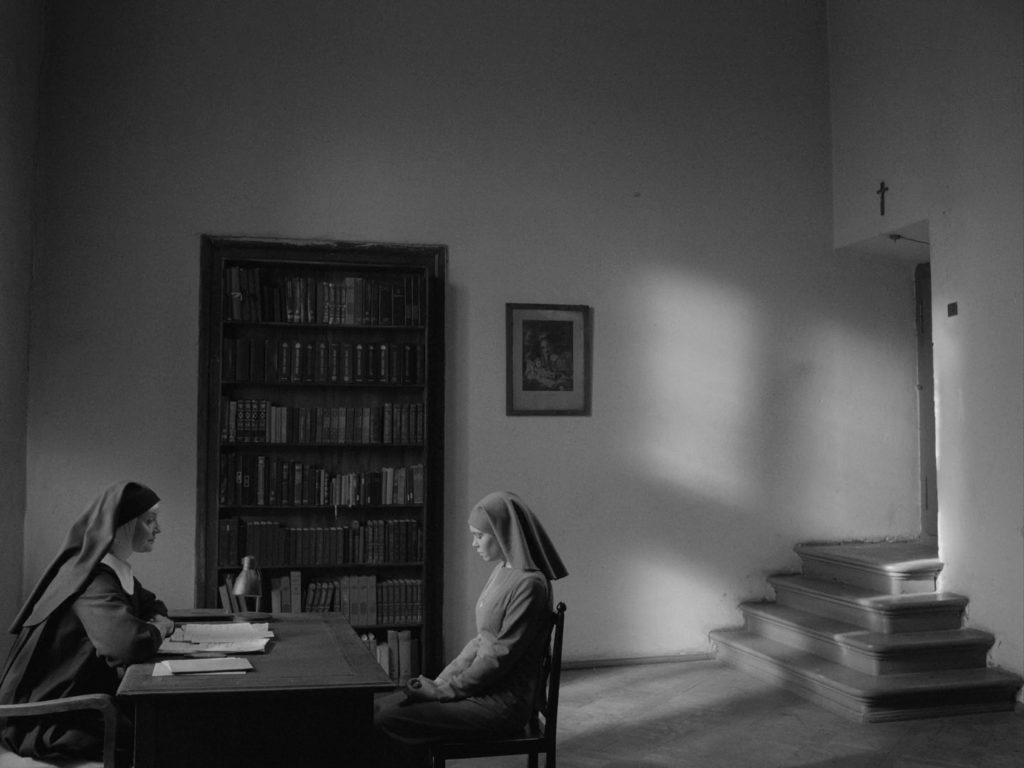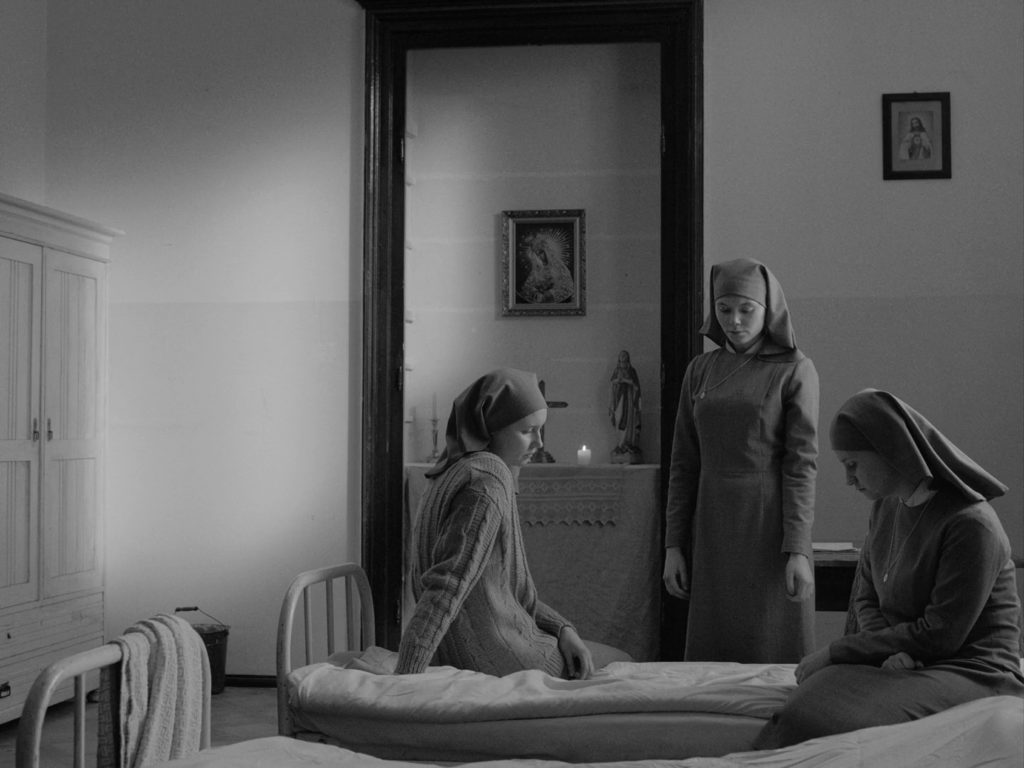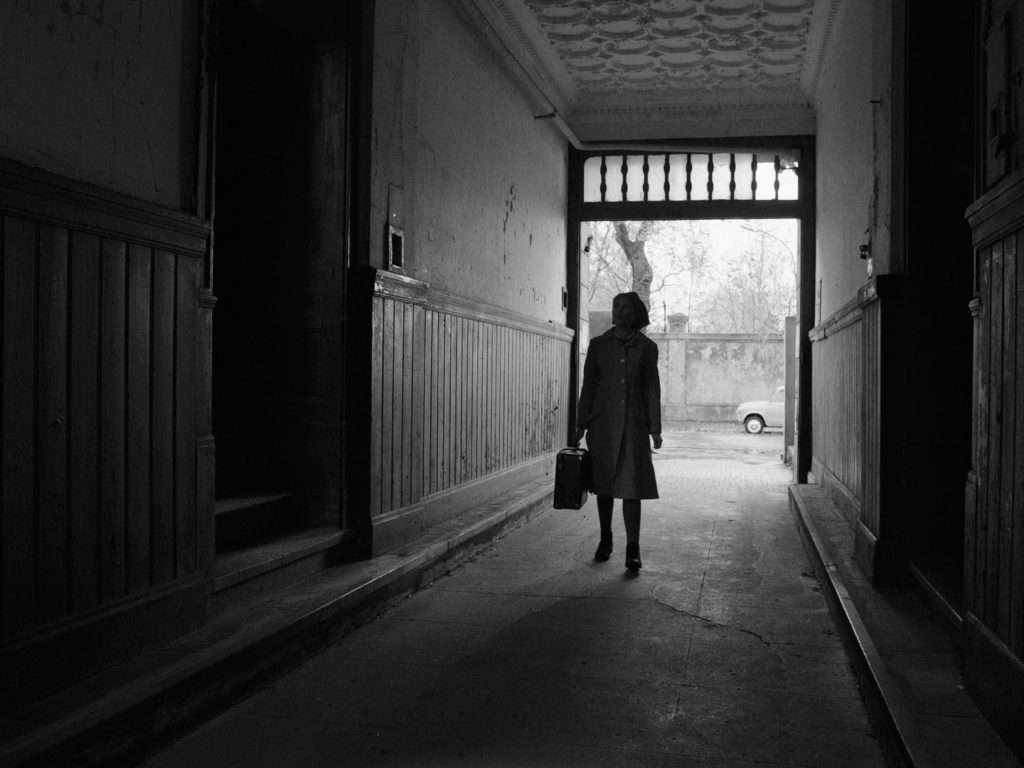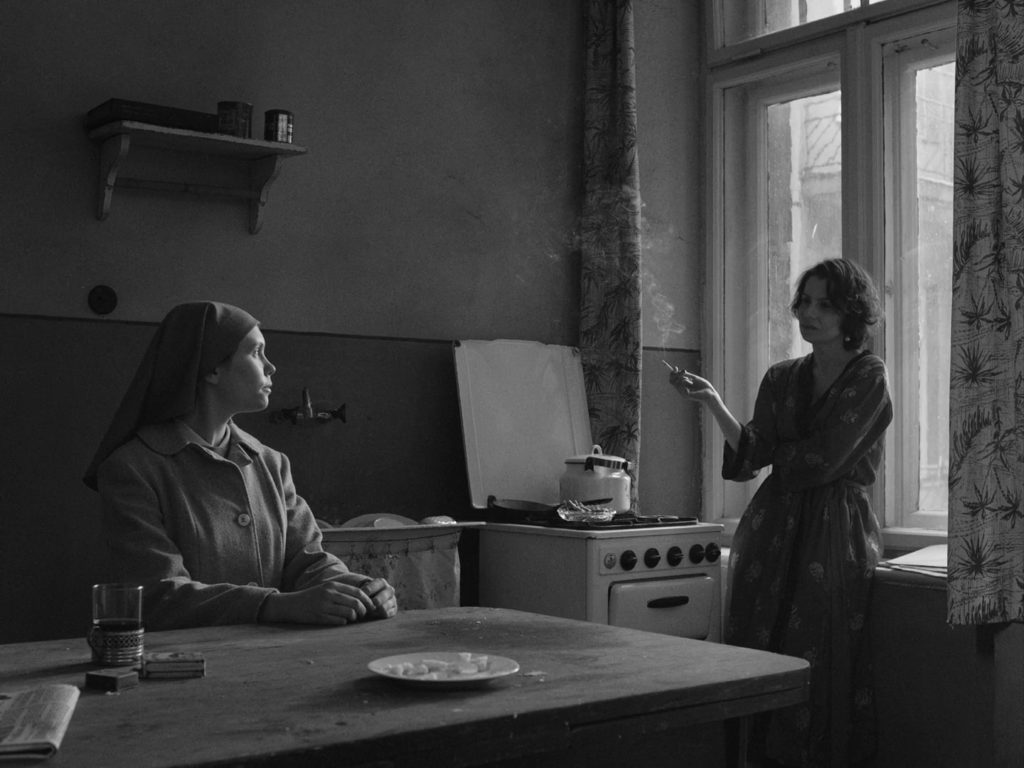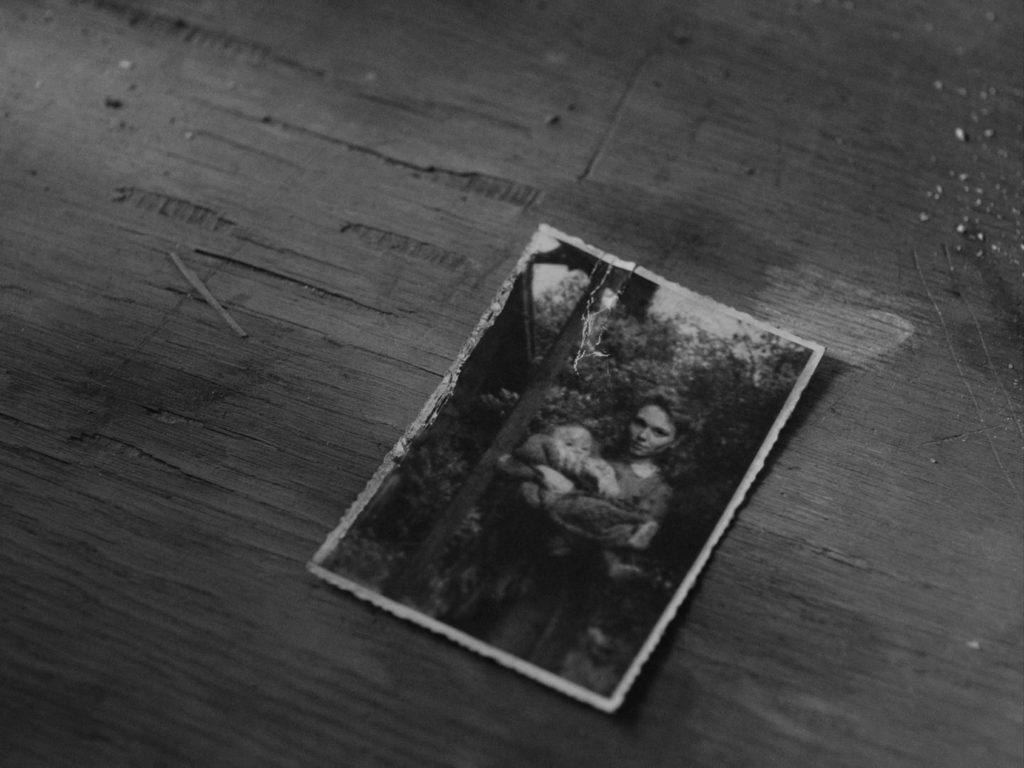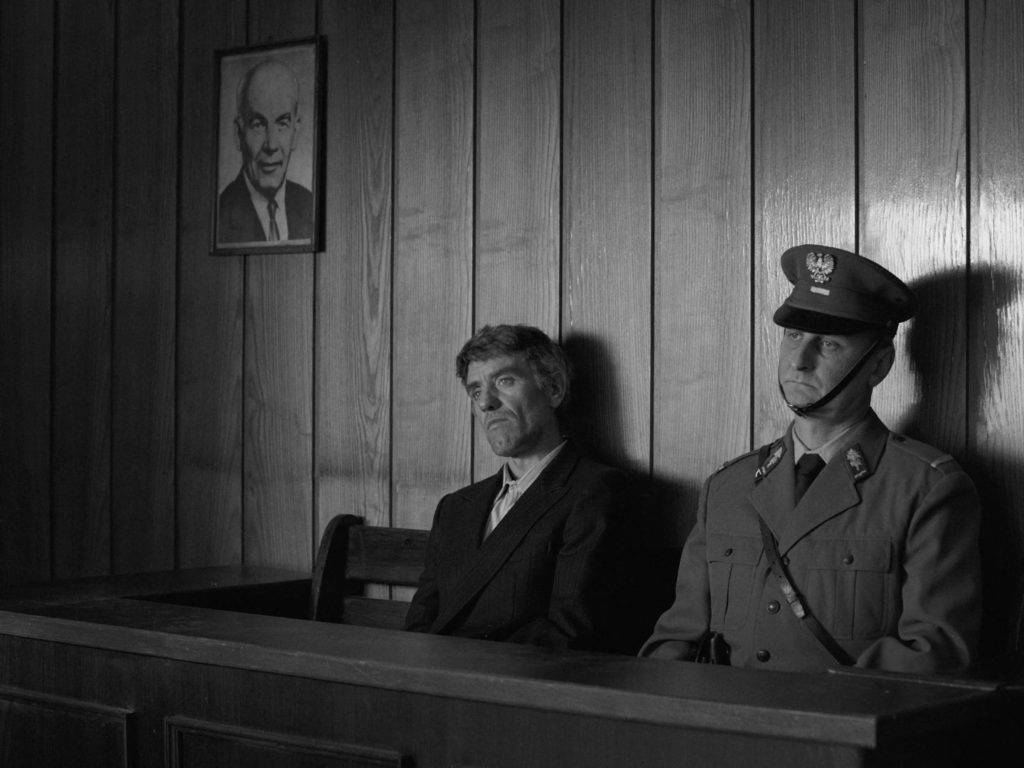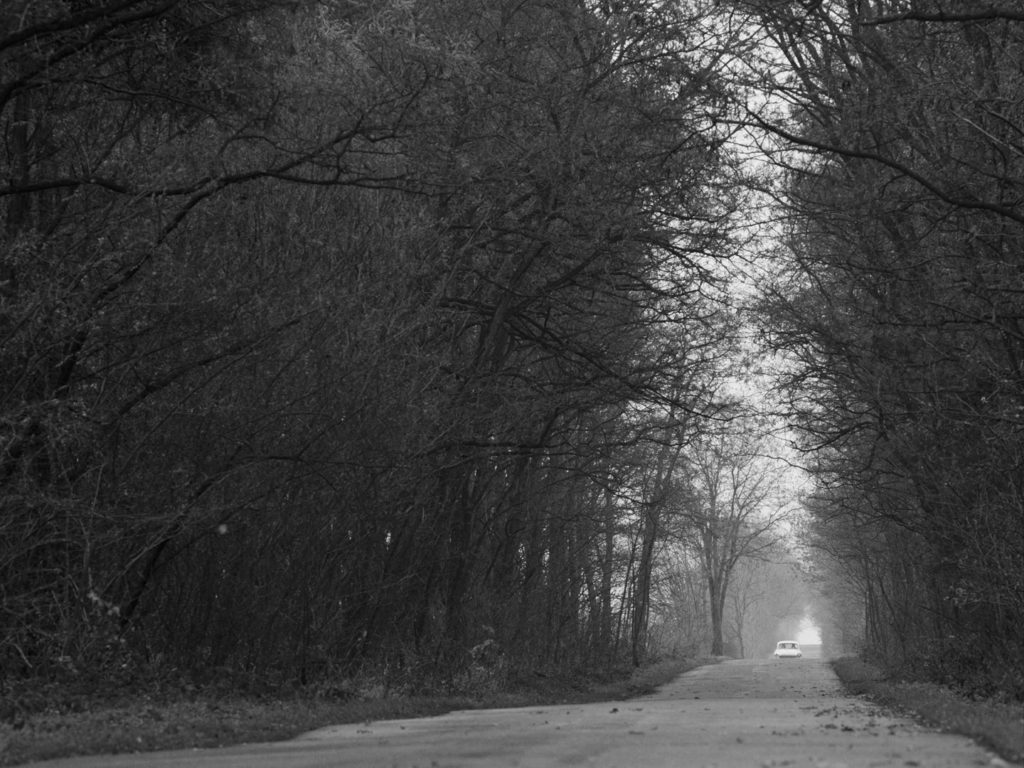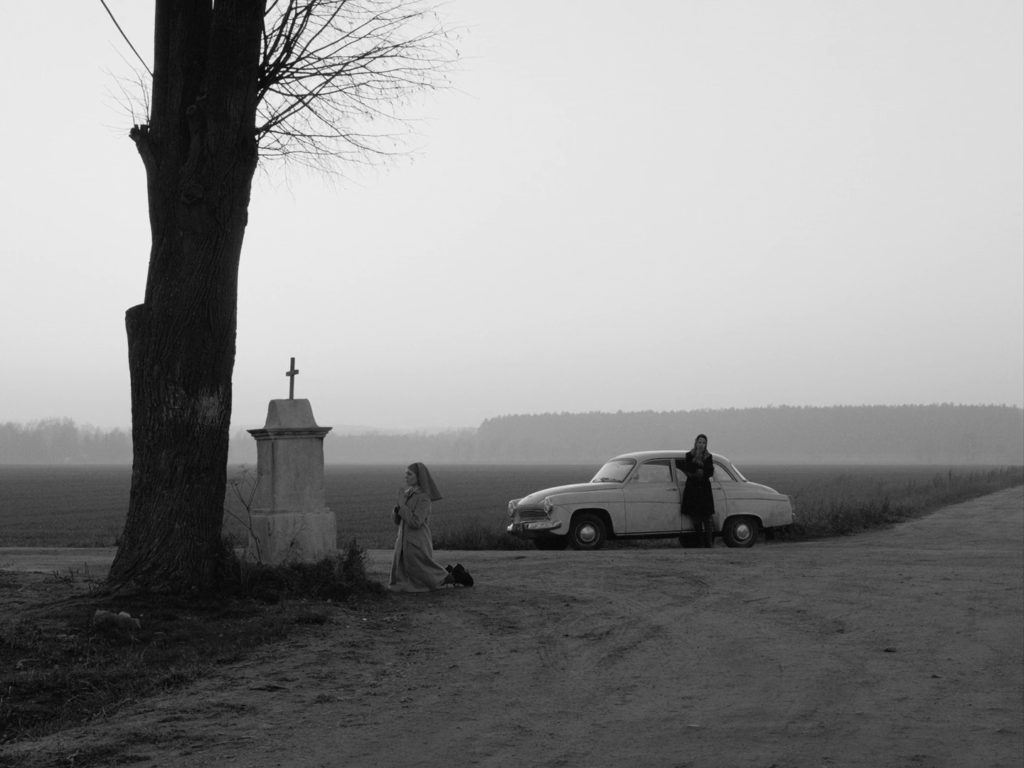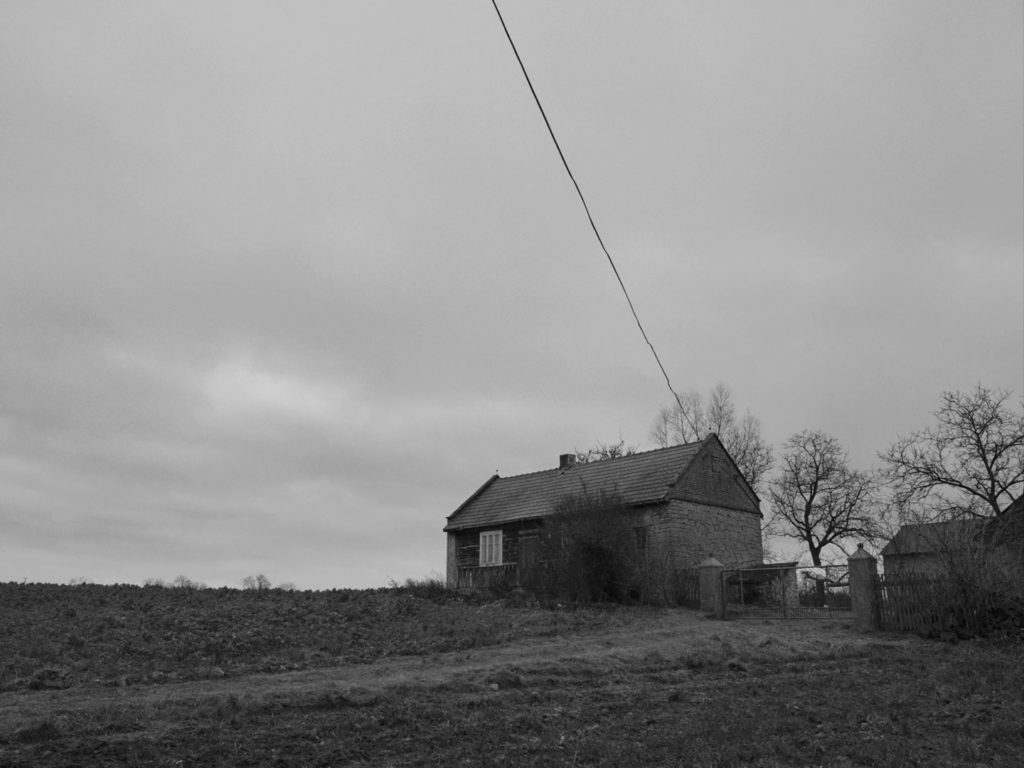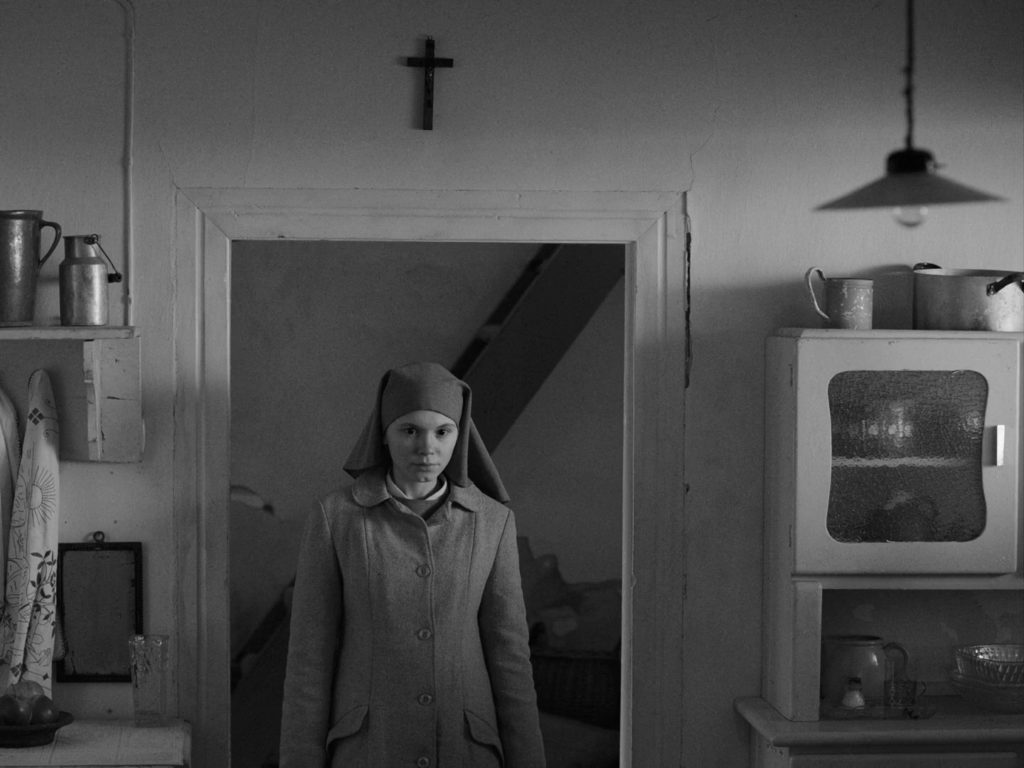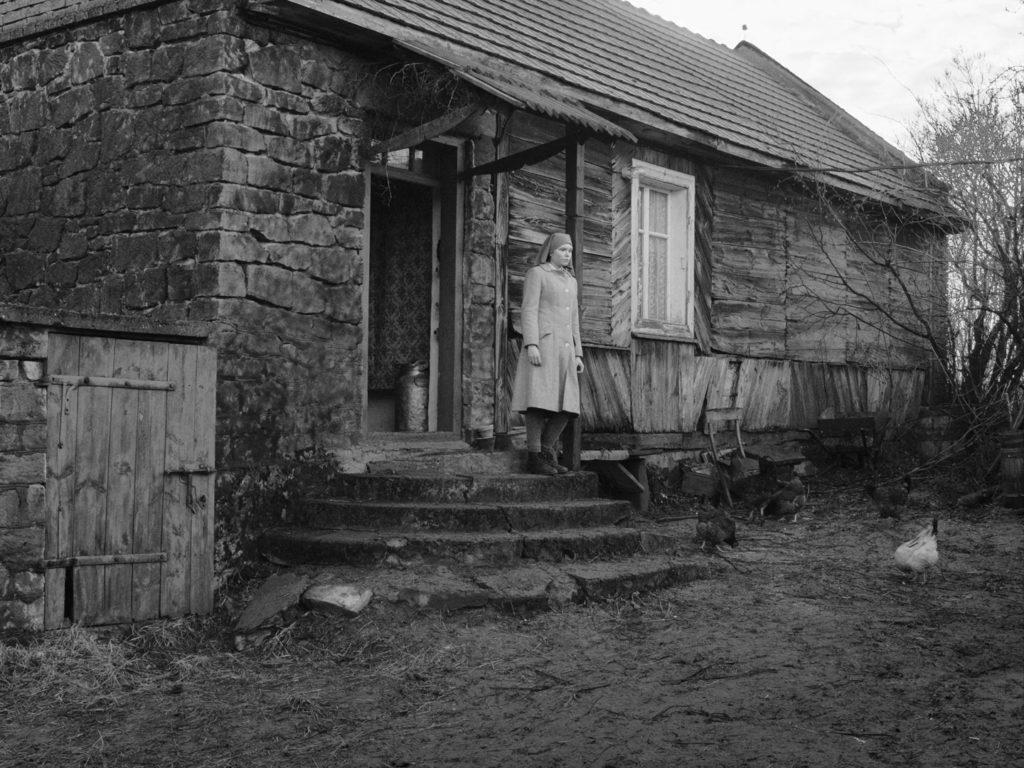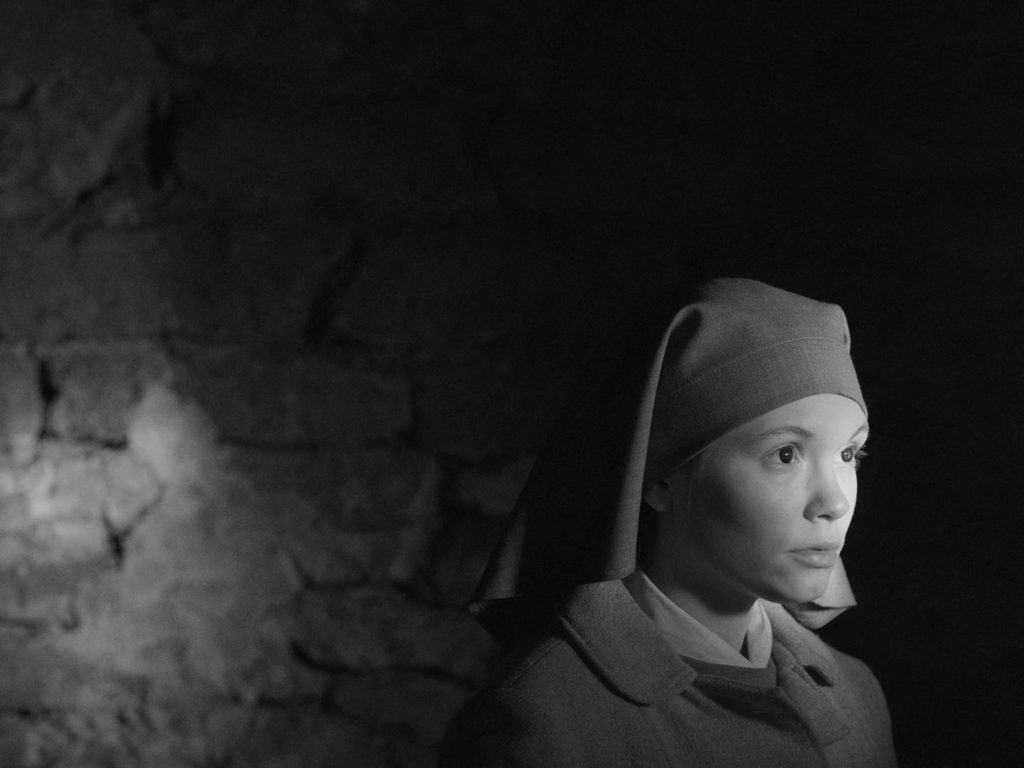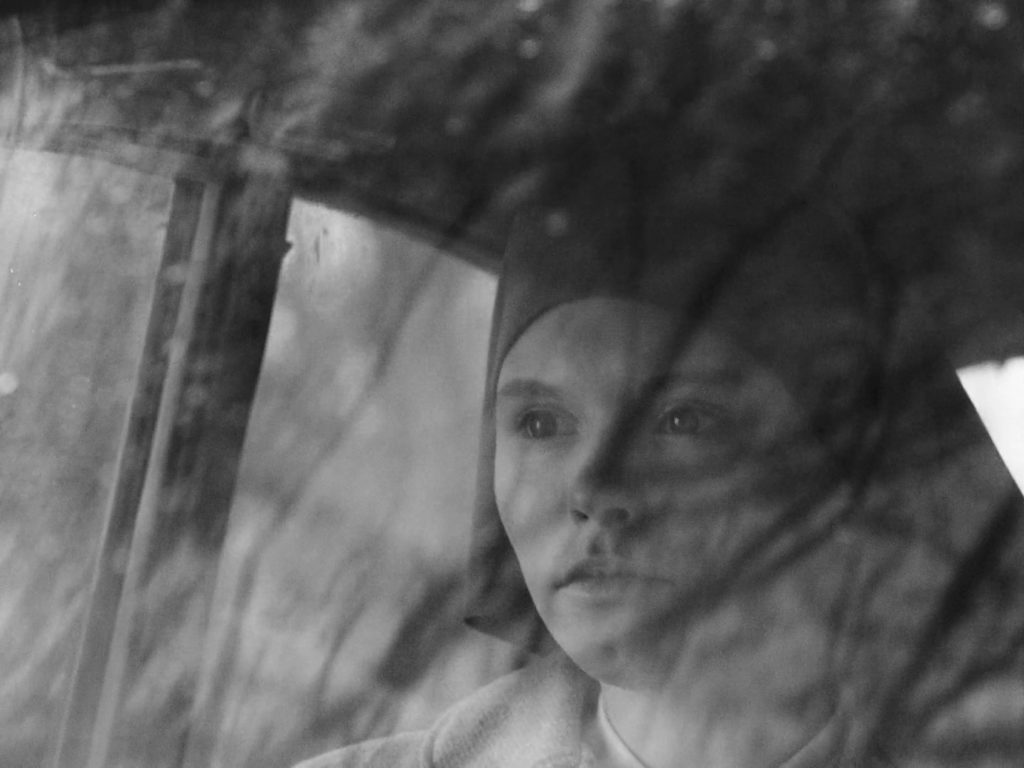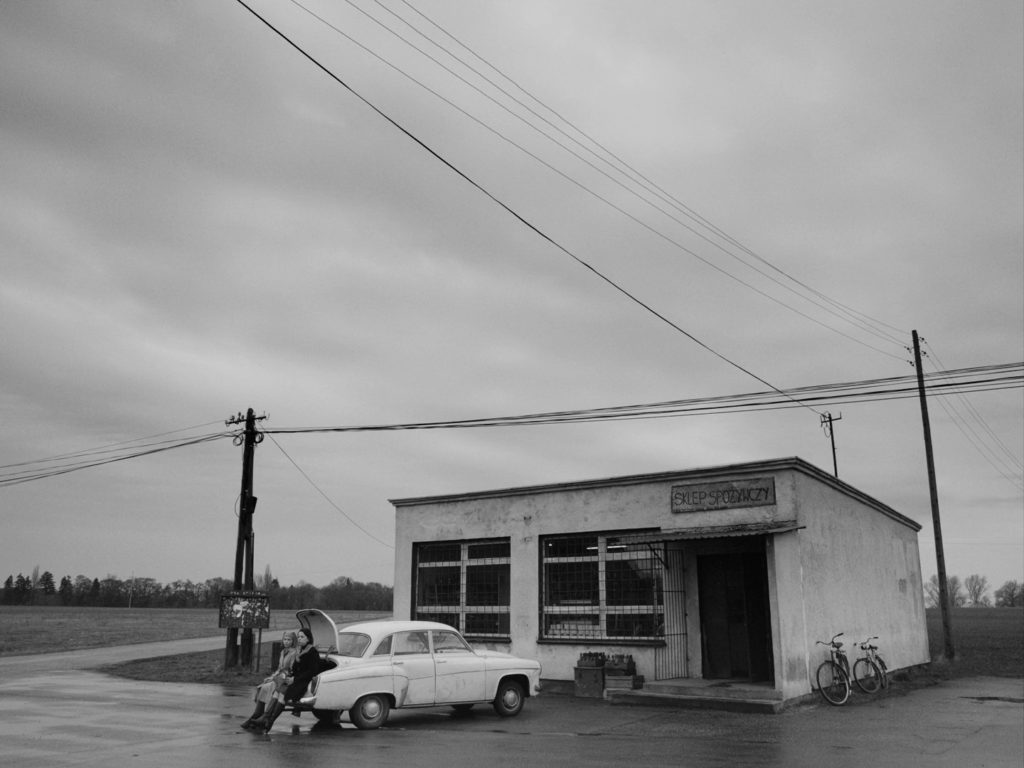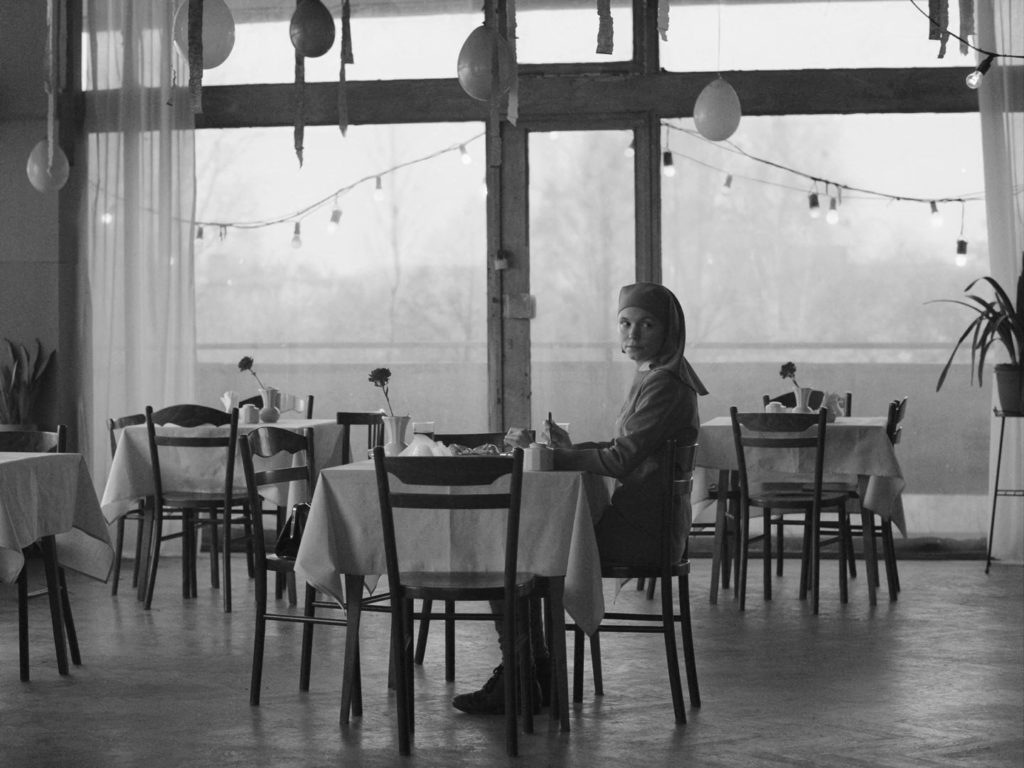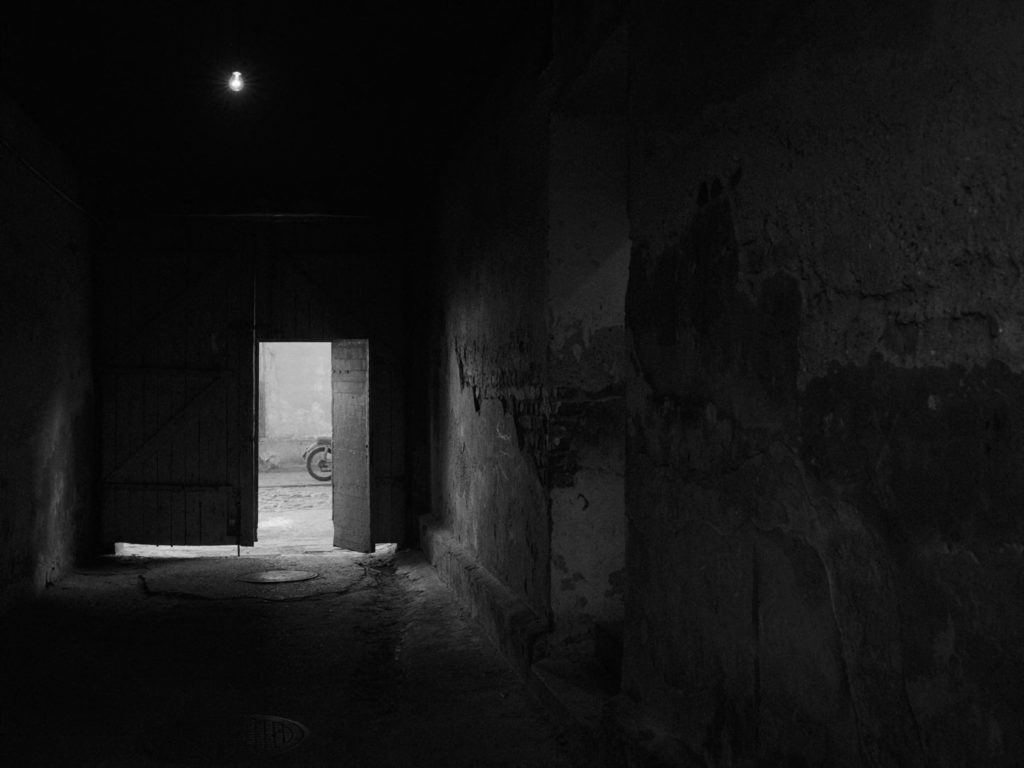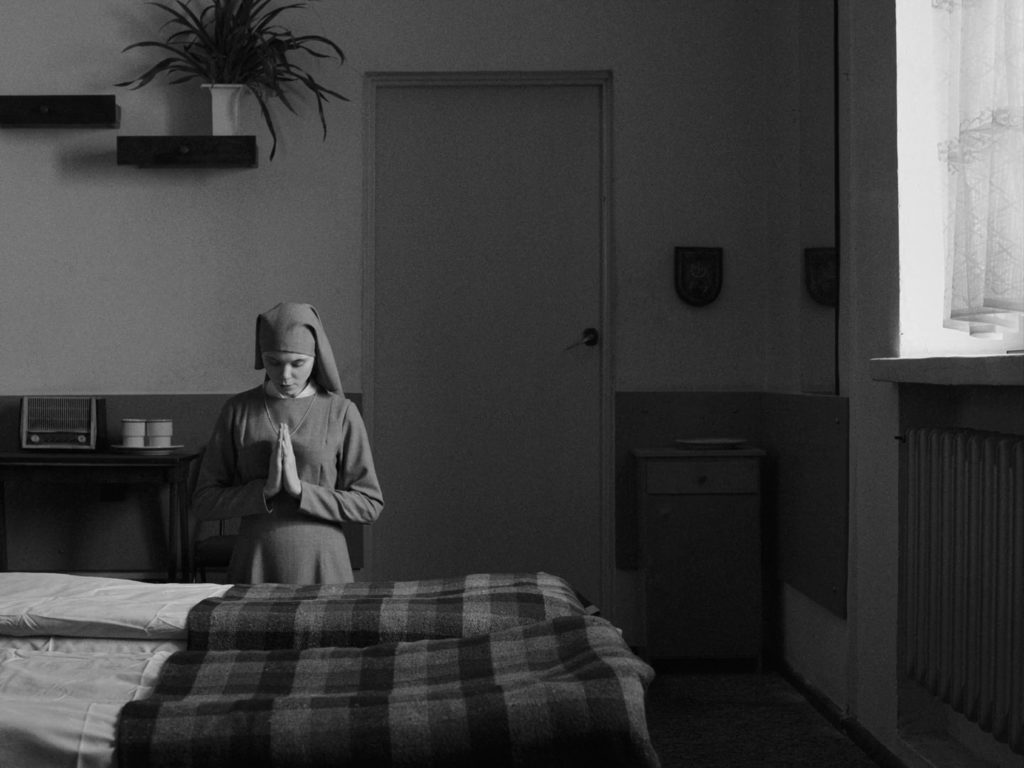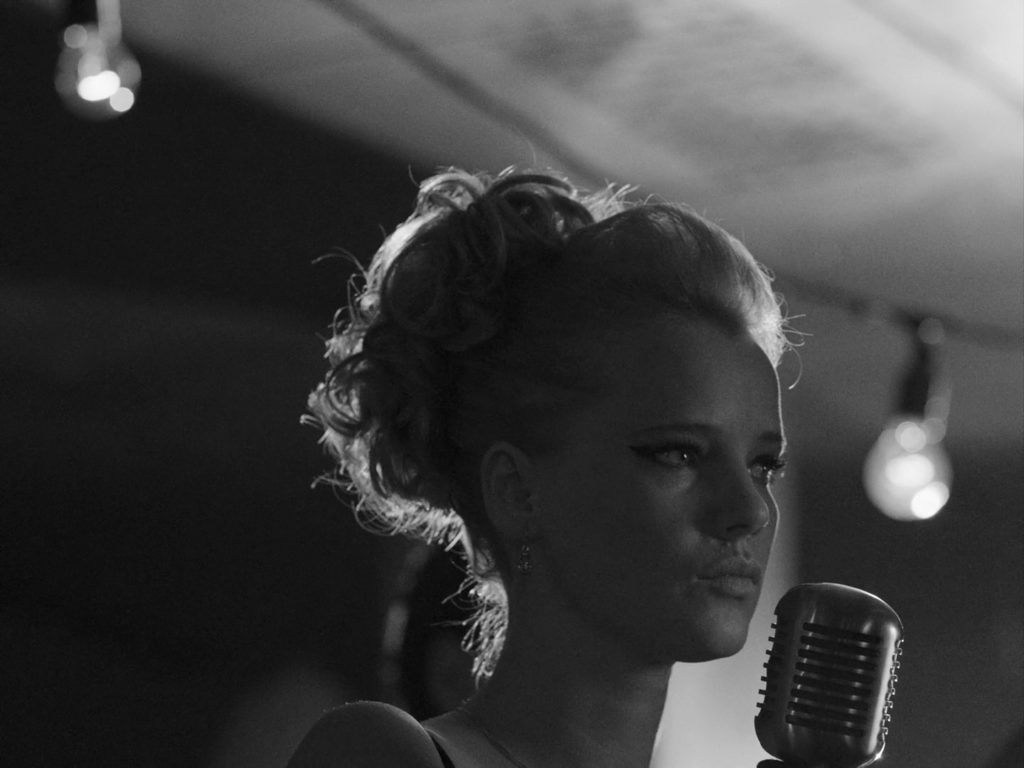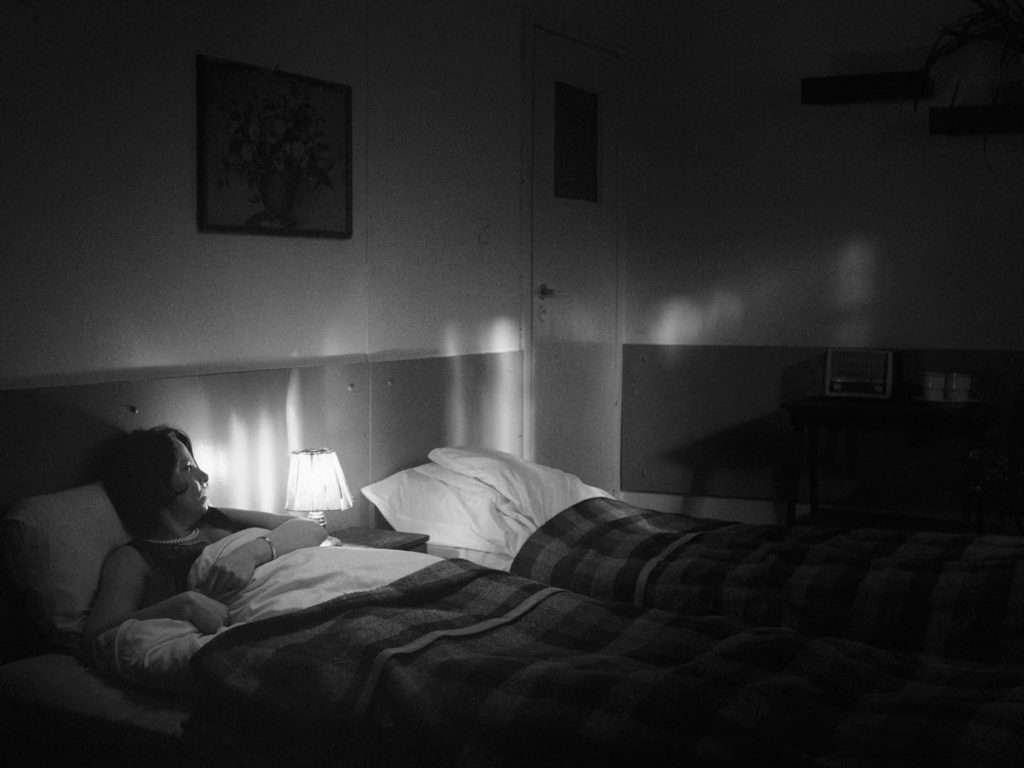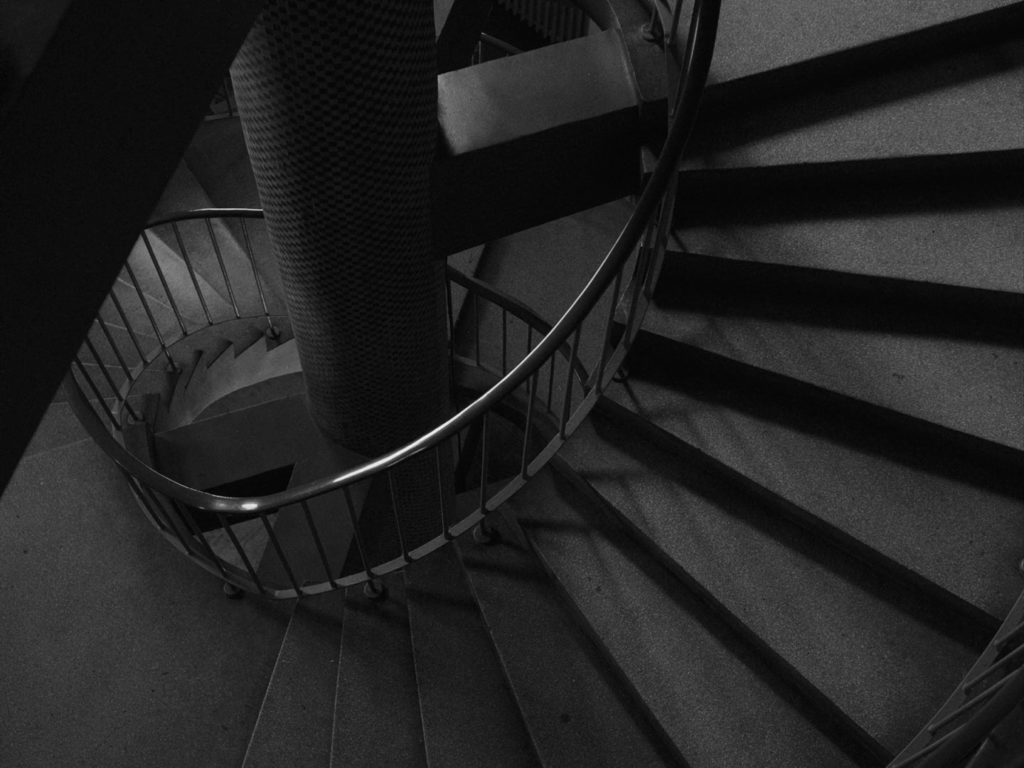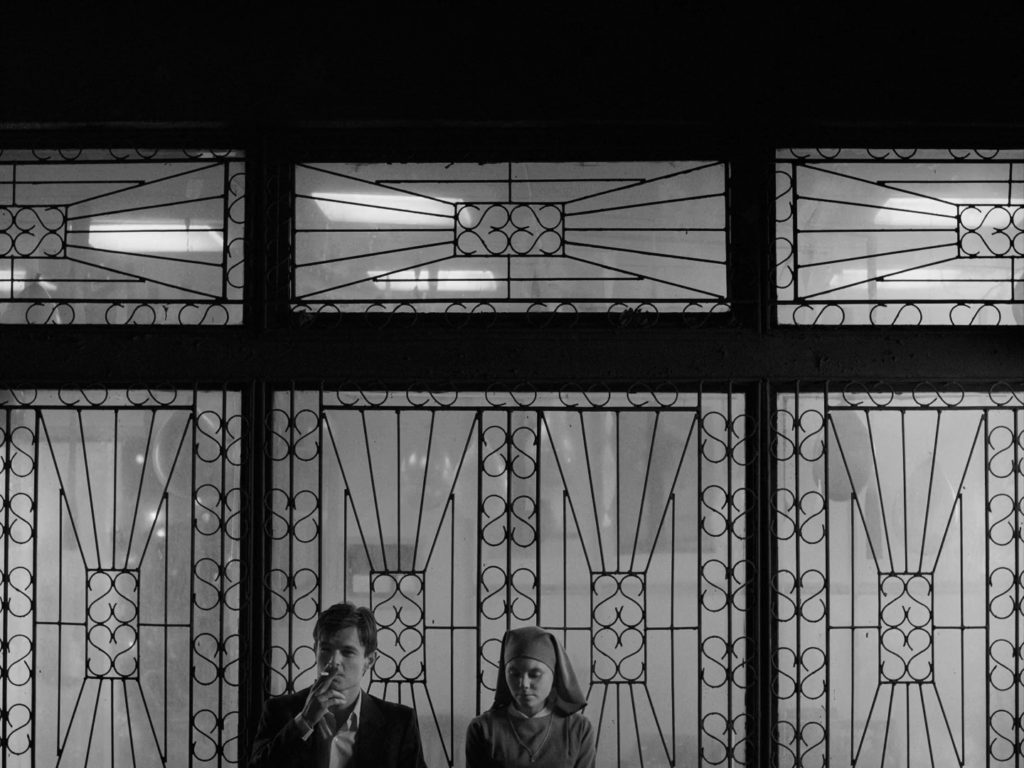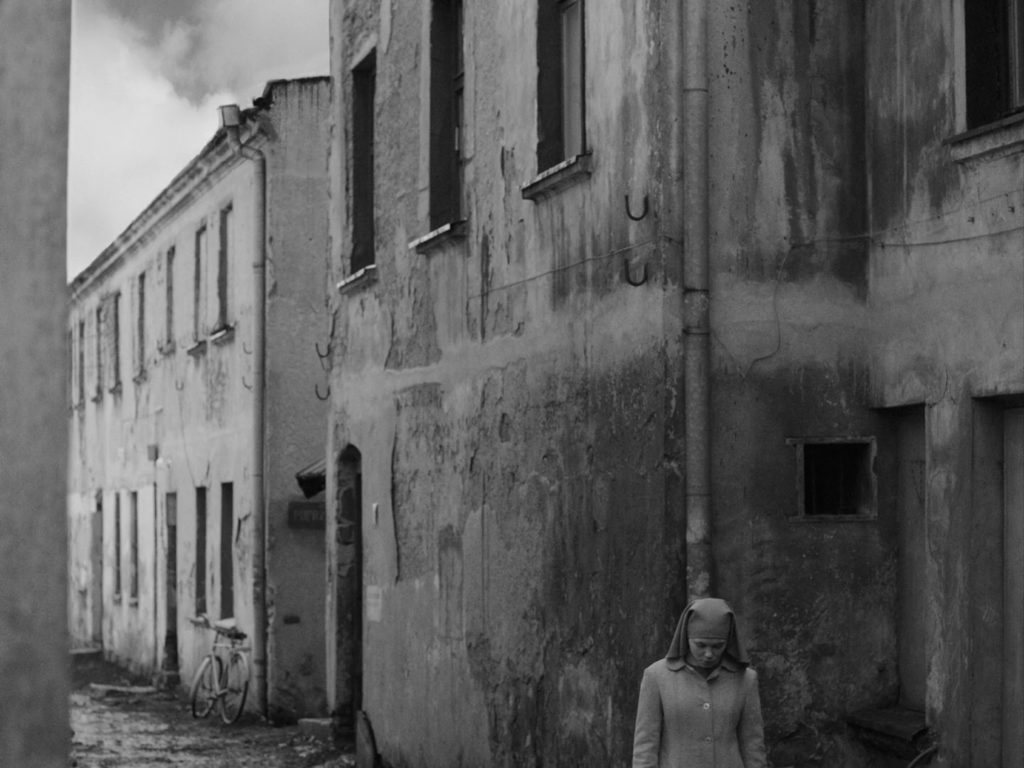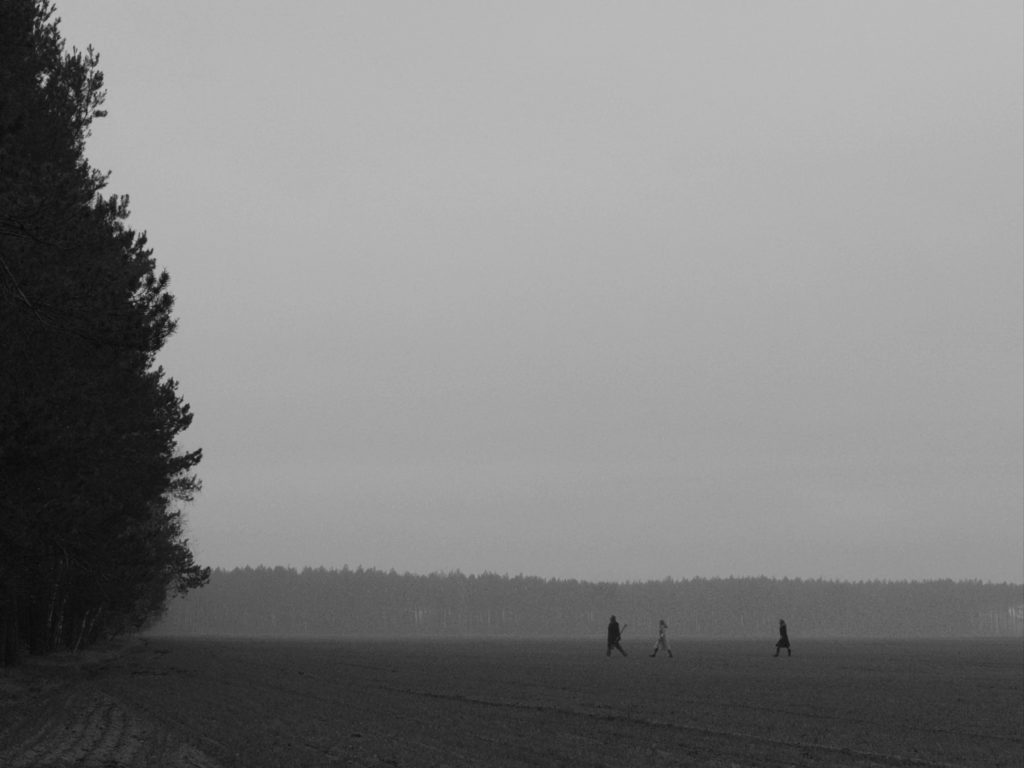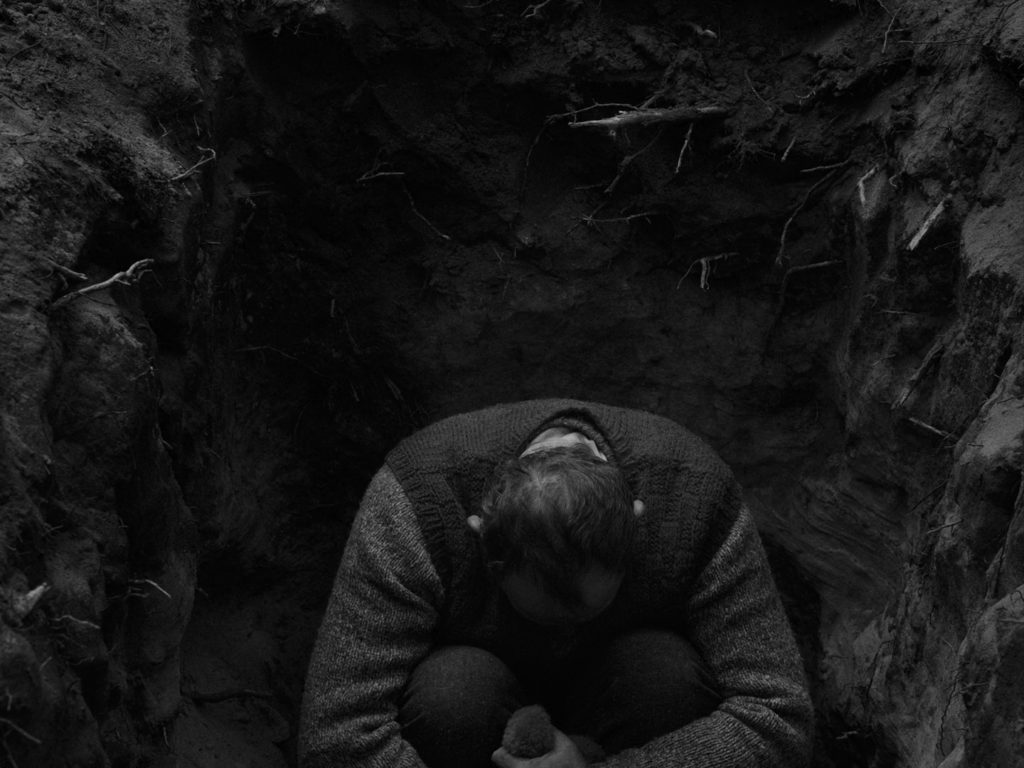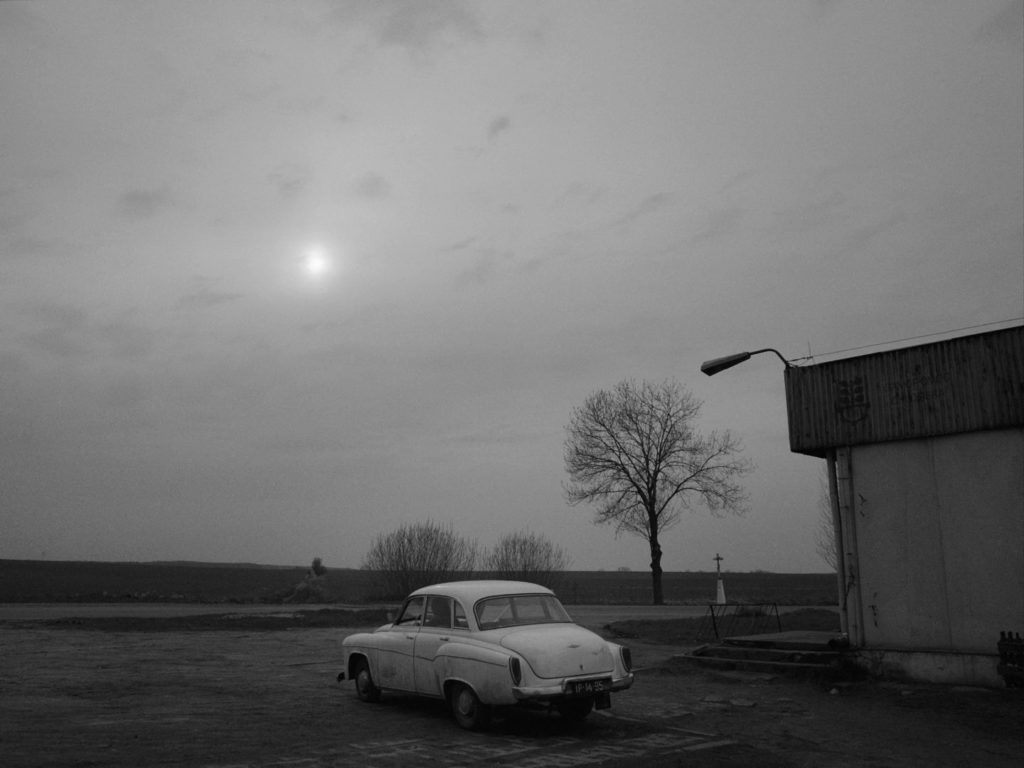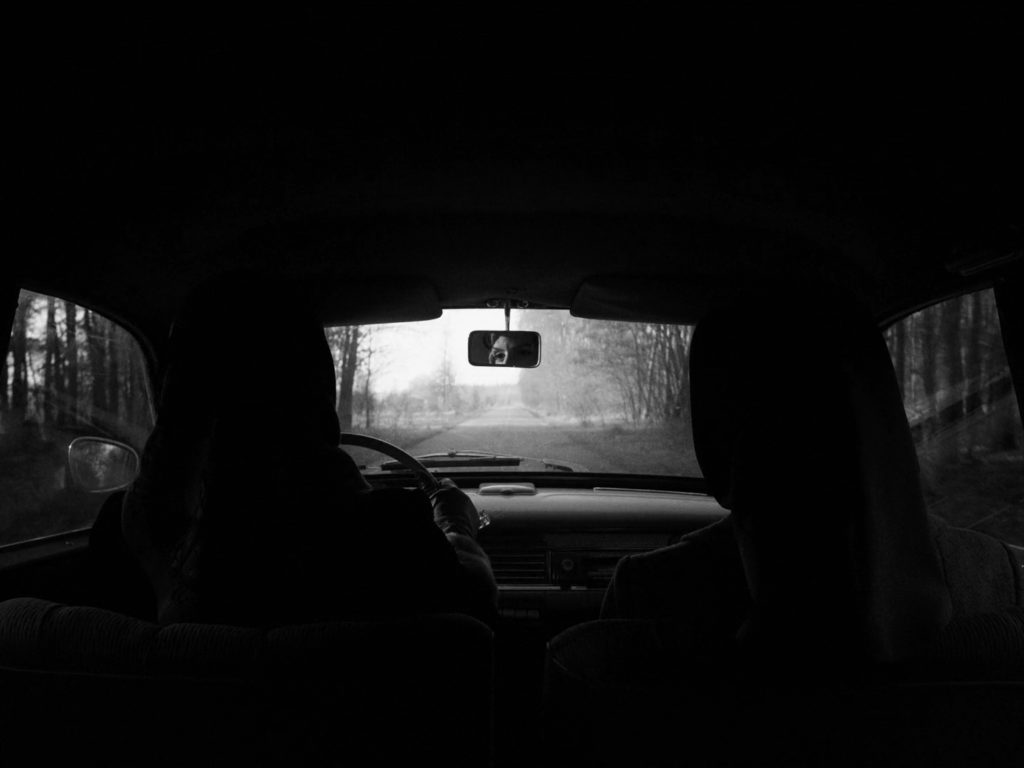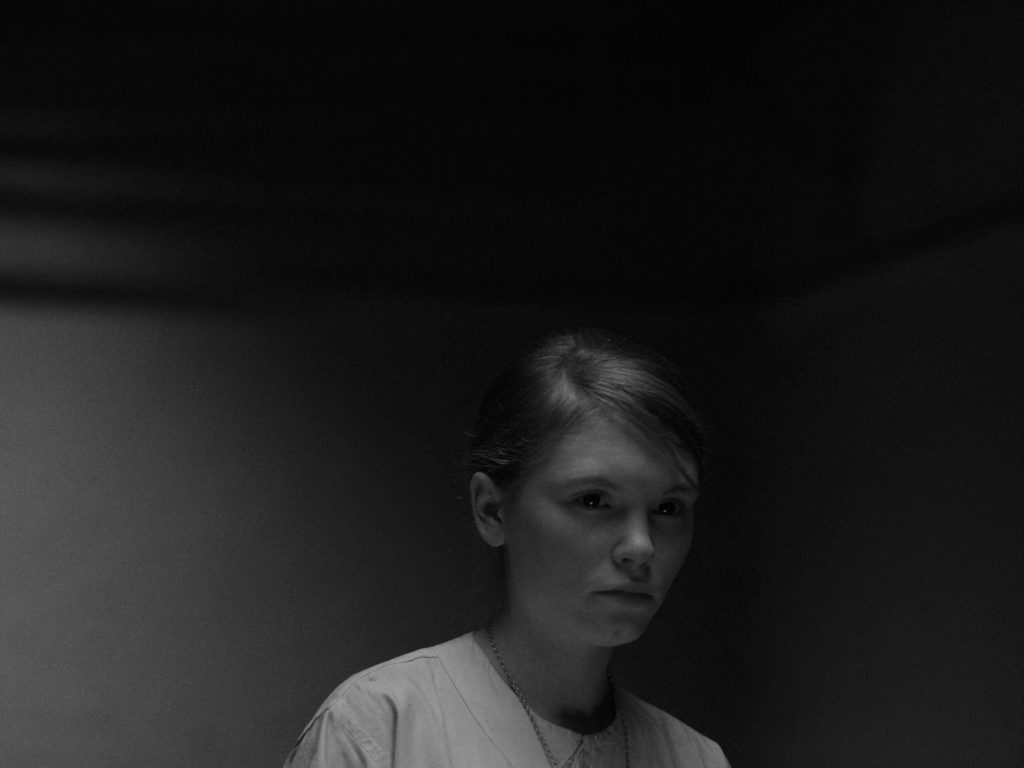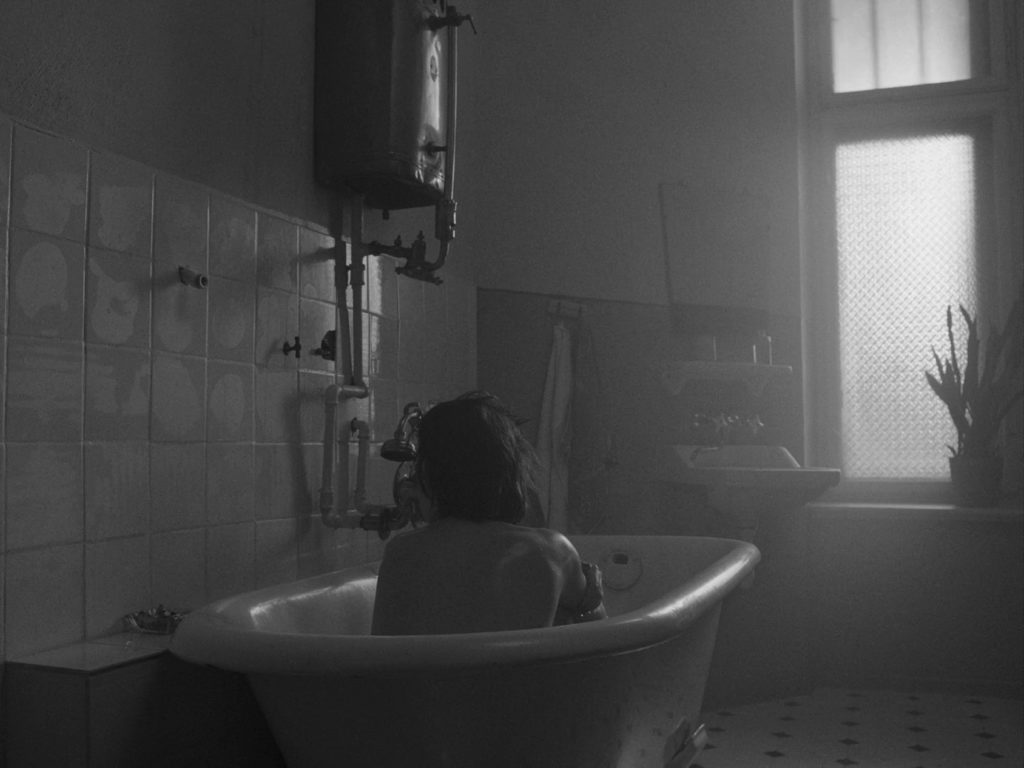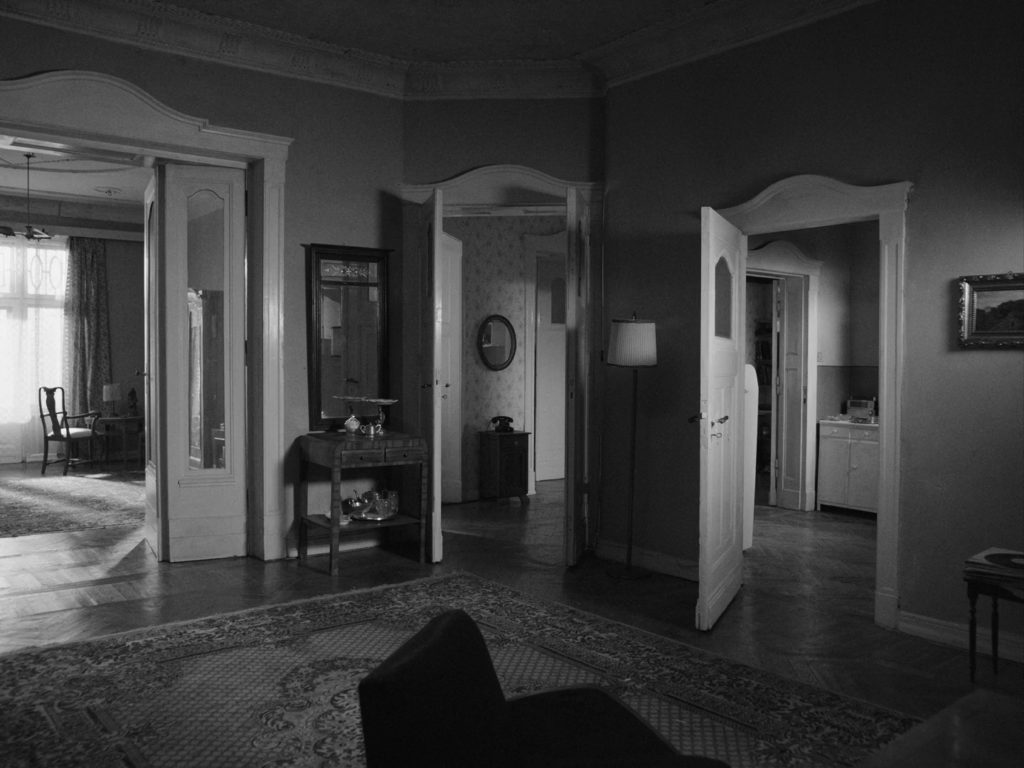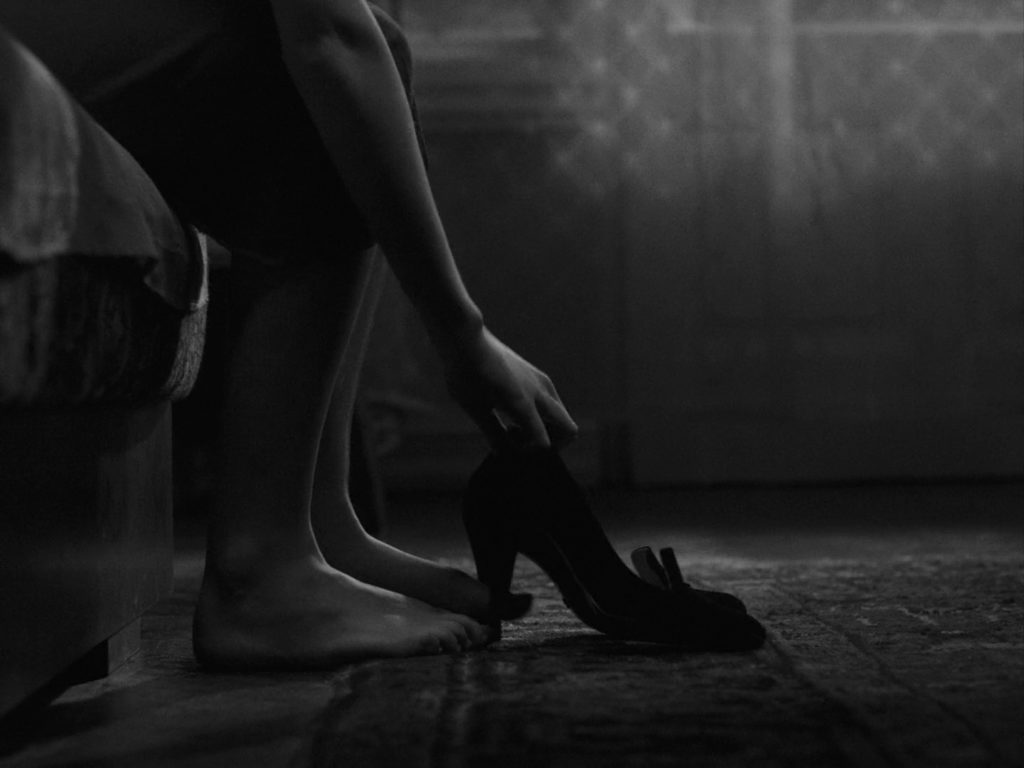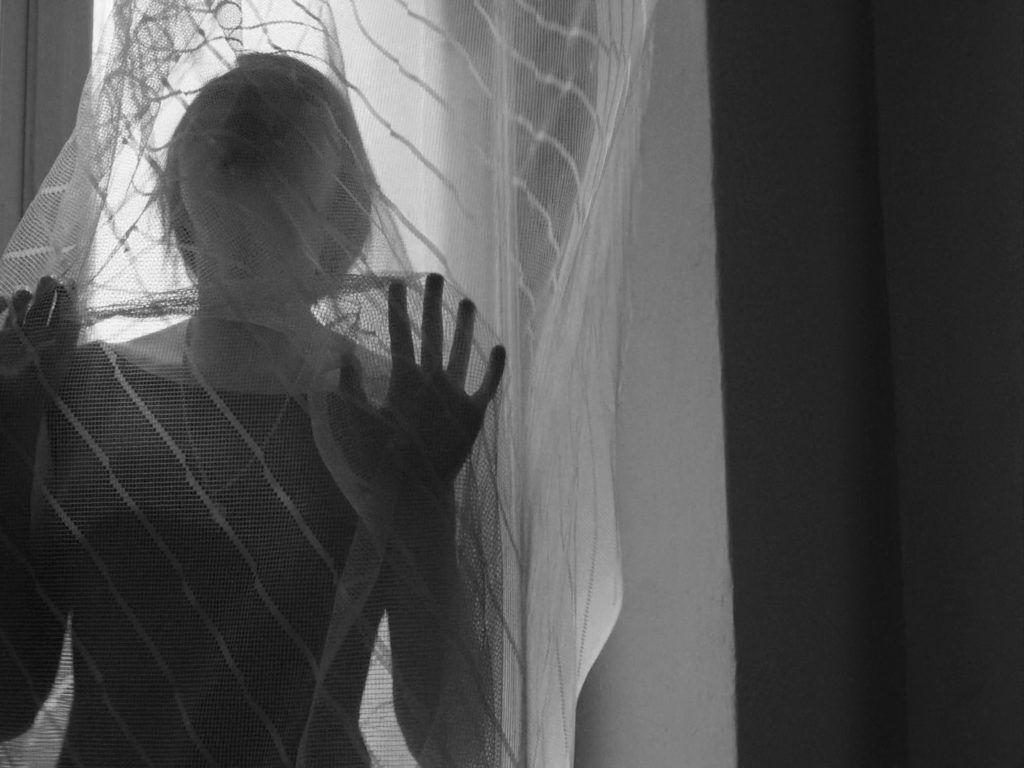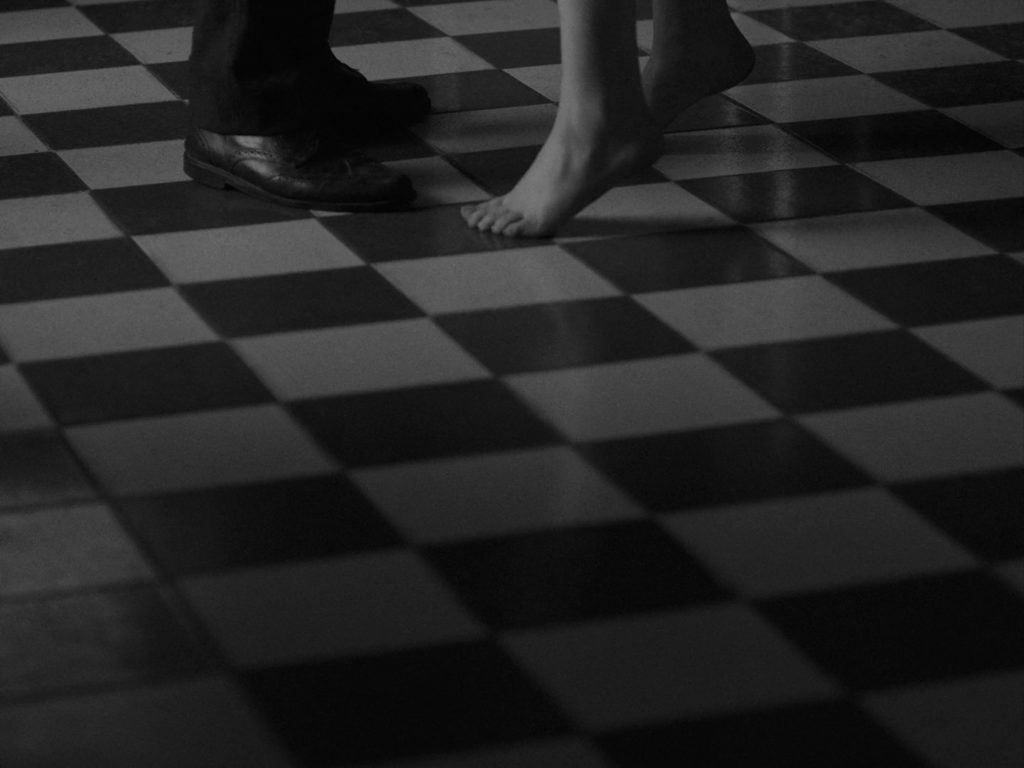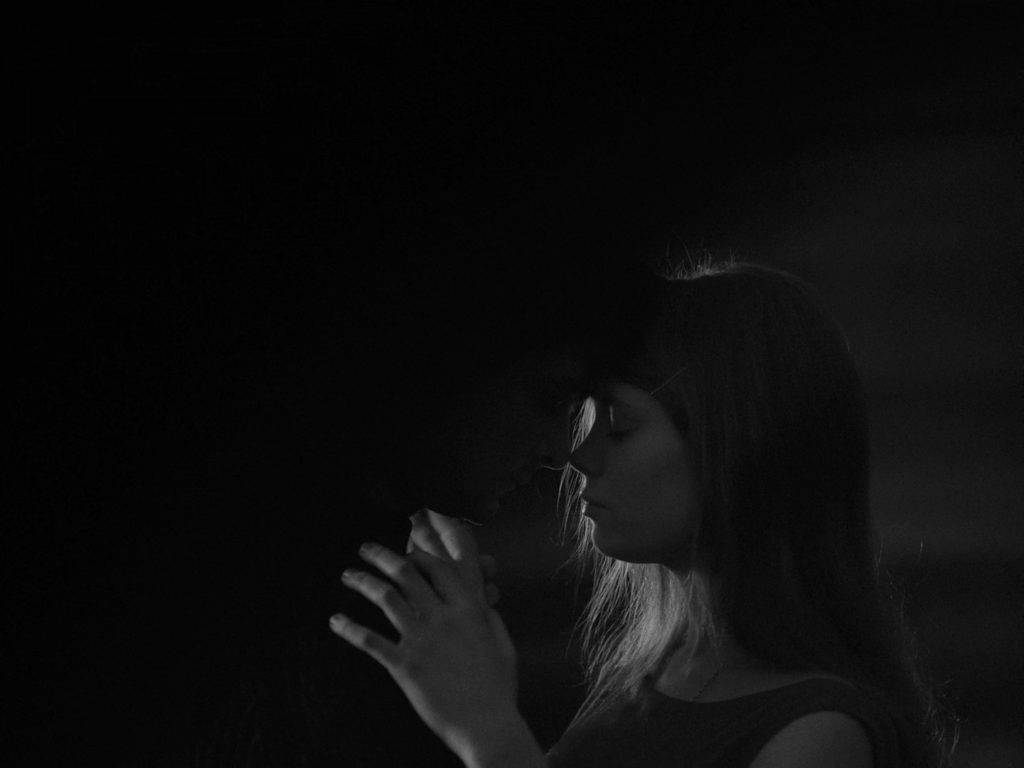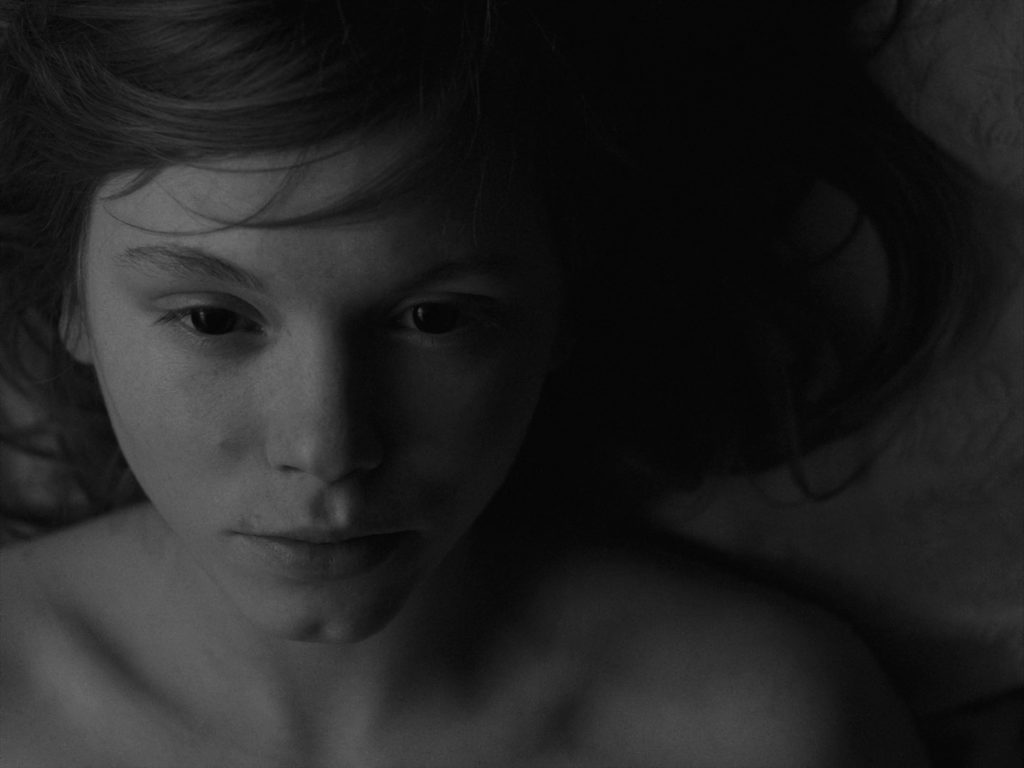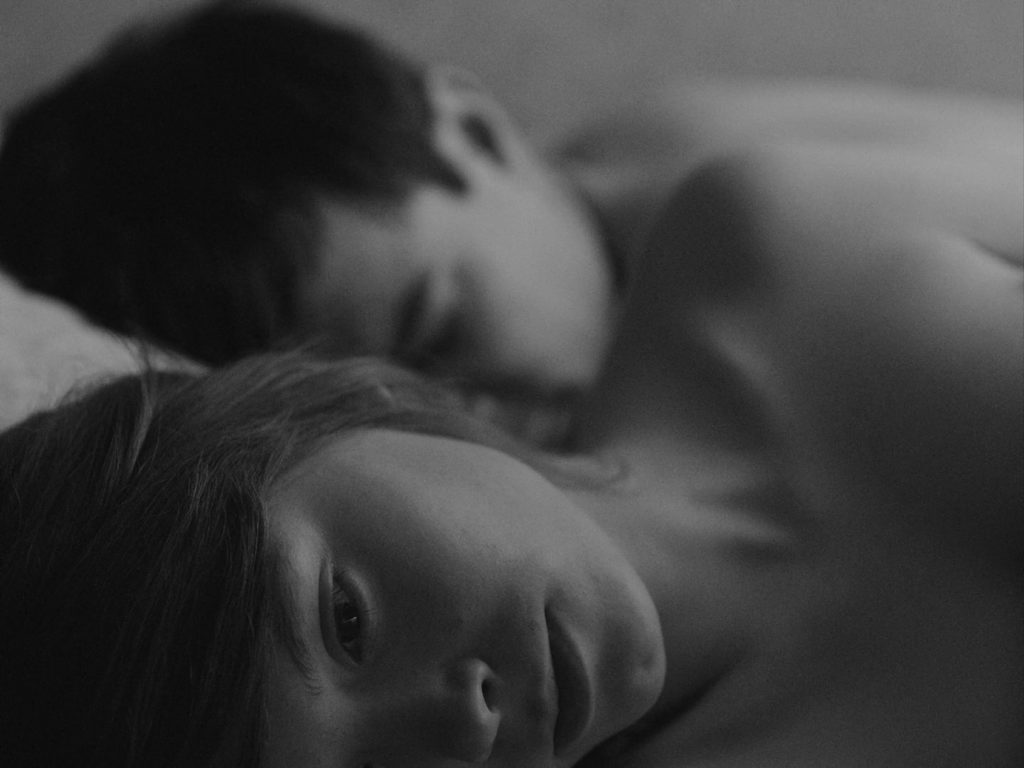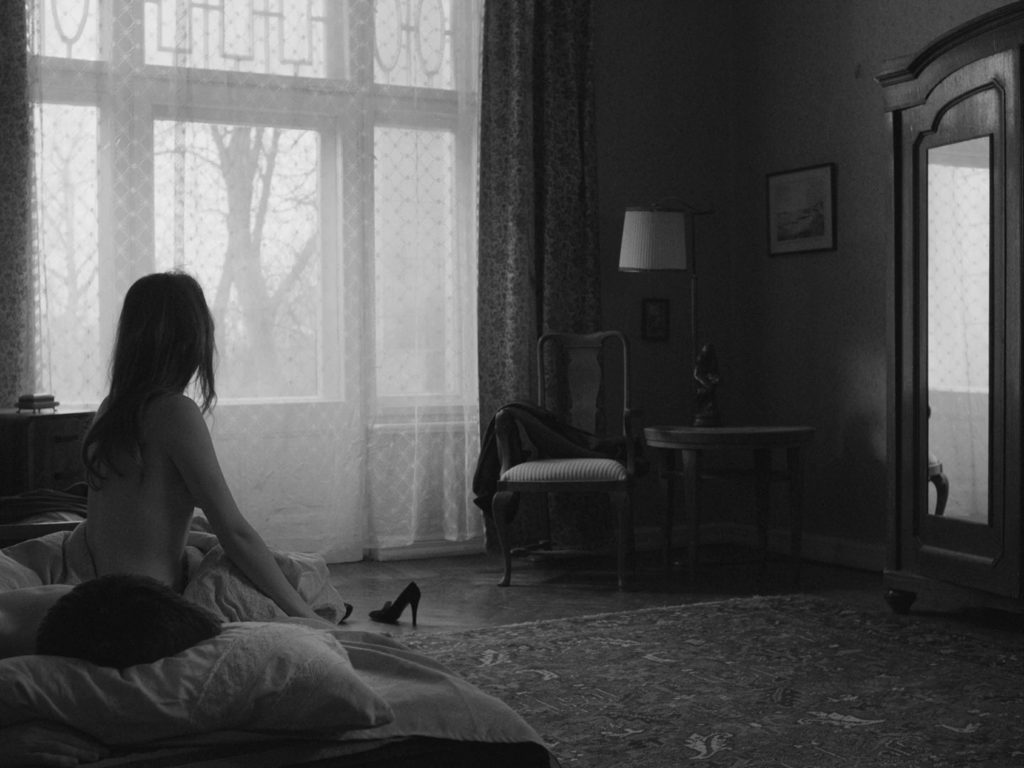I’ve been thinking about this one for a while, you might believe that is a photo series here, but those shots are indeed stills from the movie Ida! Director Pawel Pawlikowski gives us a portrait of post-war Poland through the story of Anna (Agata Trzebuchowska), a young Polish girl who lives in a convent. An intimate road movie in 4:3 black and white format, a quest for a family secret where actresses fill the screen. The cinematography is entrusted to Ryszard Lenczewski and Lukasz Zal.
A new Director of Photography
cinematographer Ryszard Lenczewski began by taking 3000 stills in the Polish countryside, discovering loneliness, sadness and nostalgia, which set the tone for the movie. In an interview, he tells he was particularly influenced by the work of Henri Cartier-Bresson.
While the filming initially began with Ryszard Lenczewski, cinematographer with whom the director has worked for 10 years, he had to leave the adventure for medical reasons. Lenczewski was replaced by camera operator Lukasz Zal, who was quickly promoted. Pawel Pawlikowski and him understood each other very well, Zal explains : “I think that the experience we both had with documentaries played a part here as well. He told me once that my lack of experience with feature film was also an advantage because it meant that I had no bad habits”.
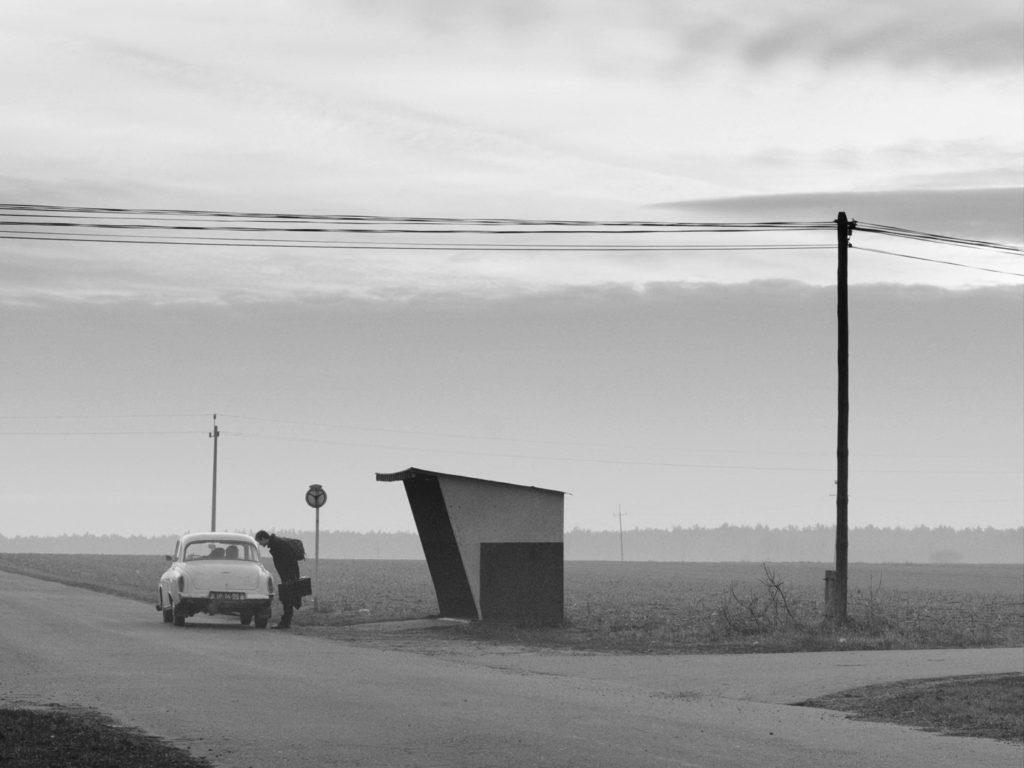
Chiaroscuro
Paweł Pawlikowski chose to shoot in black and white in order to limit the objects and elements present in the frame. The movie had to be as minimalist as possible on screen. This choice is enhanced by the shades of gray and the light / dark ratio throughout the film. Such mastery of black and white reminds me of Stranger than Paradise by Jim Jarmush.
It also increases the distance with that period, giving to the movie this quality of a memory object. In a country with a painful past, it reinforces that sad atmosphere. Their journey takes the protagonists to the Polish countryside in undeniably flat and silent settings.
Penetrate the humid atmosphere of Louisiana in Down by Law
It is through the brilliance of a superbly crafted black and white that the pallid light of the exteriors, the depth of frozen earth or the chiaroscuro of the ballrooms are revealed. The light is soft and plunges the characters into a vaporous atmosphere.
To achieve this, the crew takes advantage of a modern digital material fully capable of conveying information in such low lighting key.
Cutout characters
Plans are static shot, indeed 90% of the movie is shot on a locked off tripod. This very particular framing also speaks of this difficult adaptation to the universe: the faces, often cut off at the edge of the frame, leave an excessive space for a gaping decor. The shots and the settings play on rectilinear geometric volumes and perspectives to the point of crushing the protagonists who find themselves almost out of the frame.
This choice of framing to film the sky or empty spaces perfectly reinforces the psychology of the characters, suggesting the important place that God occupies in the mind of the young Ida.
Everything goes through the visual
The use of clean black and white and natural light in compositions makes each shot a magnificent photograph. In fact, Ida allows this because it shows rather than telling the story. Cinematography is an important quality of the movie because everything is minimalist: there are no big dialogues, no camera movement, few cuts, natural lighting… it’s so refined that it leaves the essence of the message to spread through the image.
To go further, I can only recommend this interview with Ryszard Lenczewski on lensculture along with his pre-shoot photographs. Also, if you liked Ida, you might like the team’s most recent one, Cold War.
